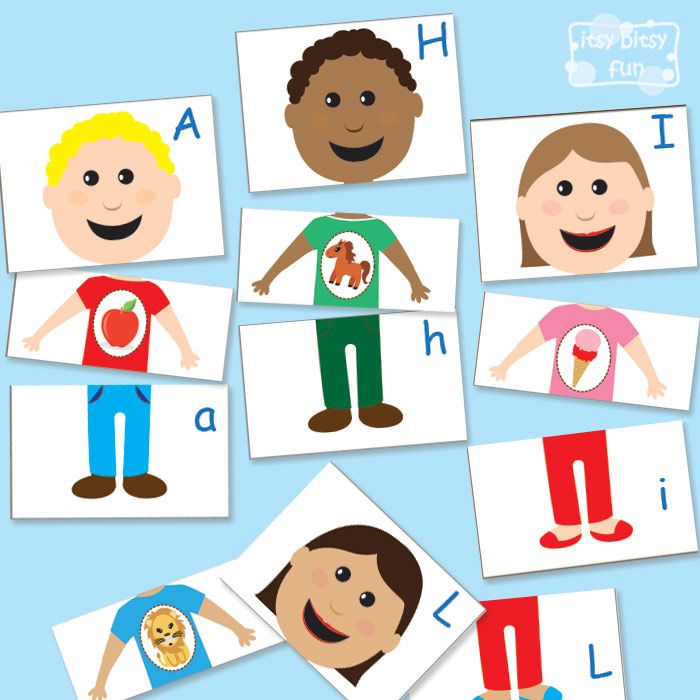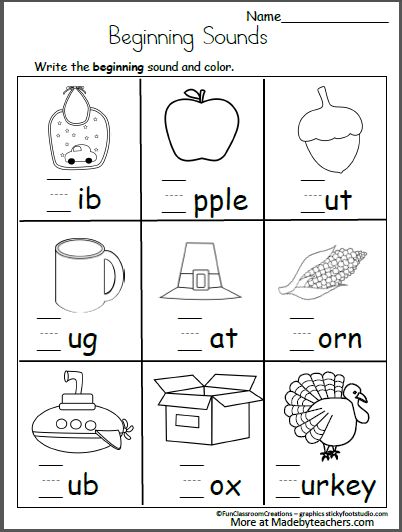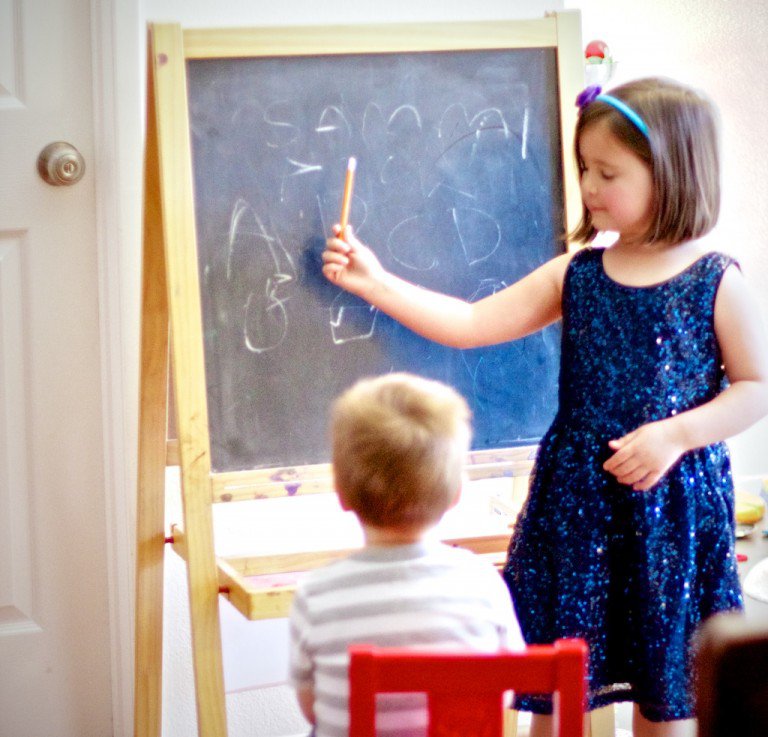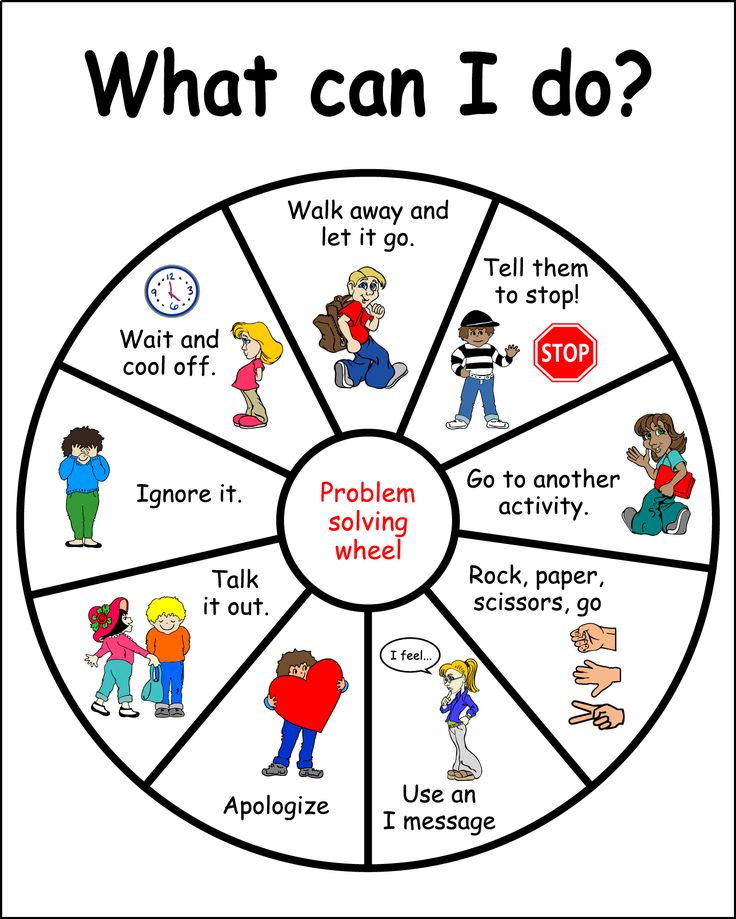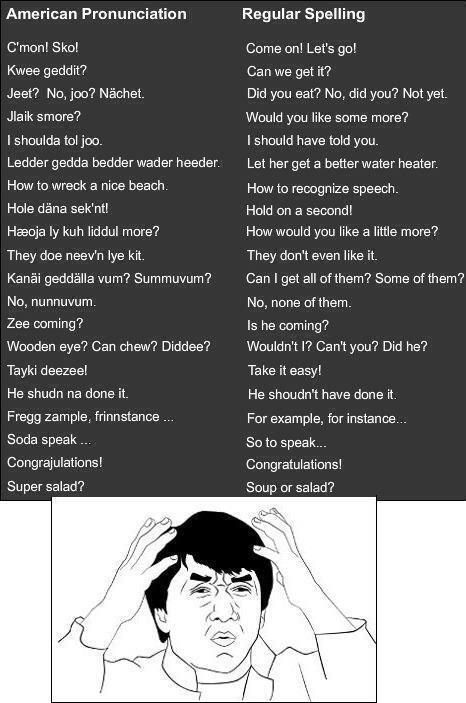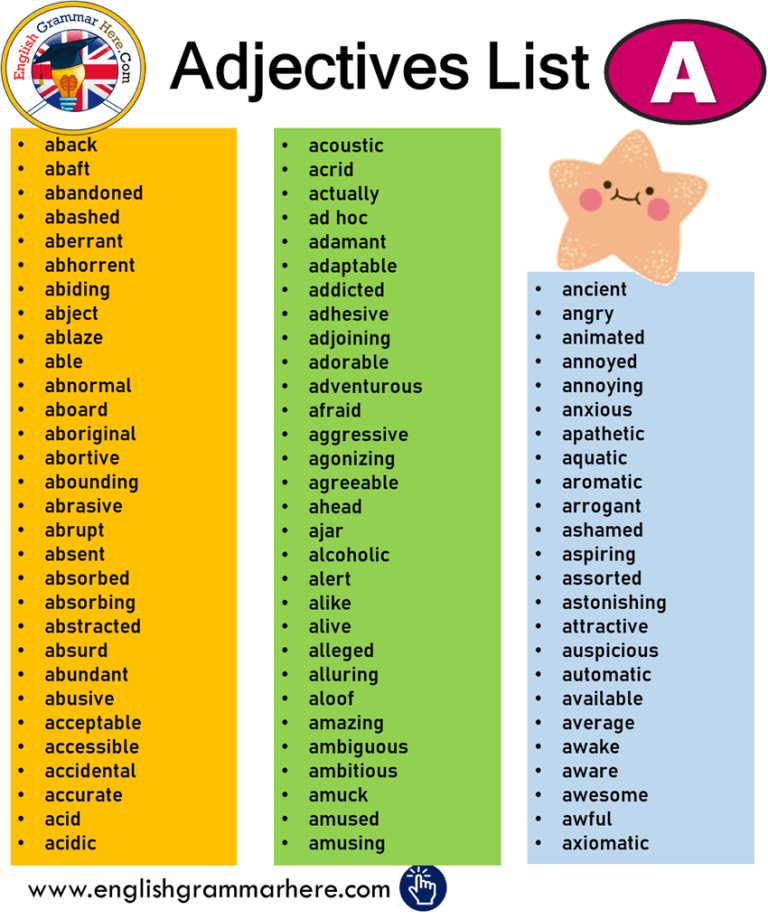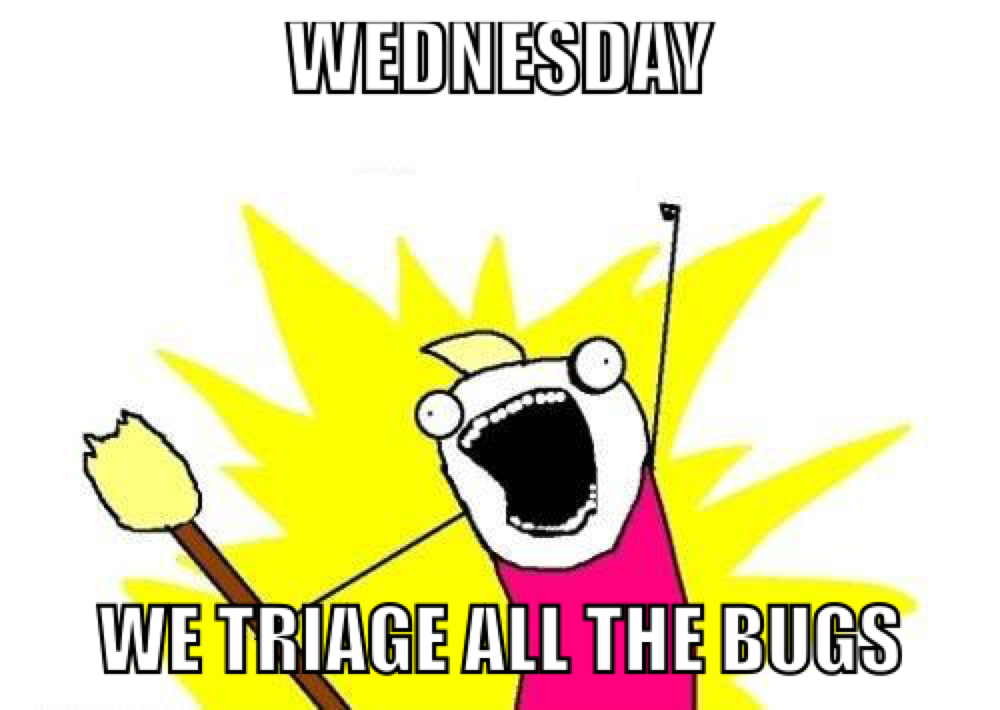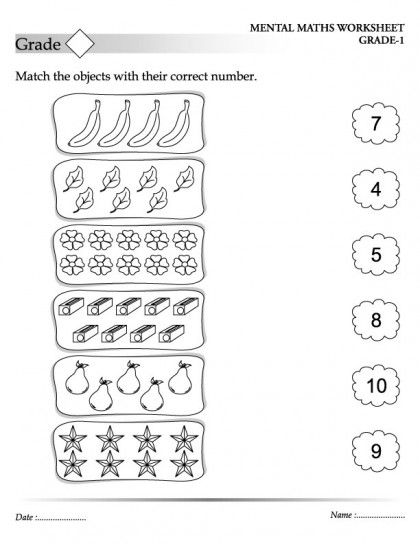Matching games for children
Matching games for Kids - Online & Free
- Memory Games
- Matching Games
- For kids
- 1
- 2
- 3
- 4
- 5
557 Reviews
Author: Emmanuelle ROUGER / Published by Memozor
Published on 22 September 2011 / Last modified on 07 August 2022
Find here Many Free Online matching games for kids
with your favourite characters, Cartoon heroes, Animals, Dinosaurs, Animated GIFs, Halloween or Christmas pictures, Video games heroes and more... Impossible to get bored! You will love these games!
You can play Alone or with a Friend sitting next you and you can even play against the Computer! You can increase the number of cards, and therefore the Level of difficulty, thanks to the buttons located below the game.
These games are compatible with all your devices: desktop, tablets and smartphones, so you can play wherever you are!
Choose a Matching Game for Kids
New Matching games
NEW !
- 1
- 2
- 3
- 4
- 5
101 Reviews
Matching game - Animals on colored background- 1
- 2
- 3
- 4
- 5
262 Reviews
Matching game - Dinosaurs- 1
- 2
- 3
- 4
- 5
534 Reviews
NEW PICTURES
Matching game for kids - Minecraft-
org/AggregateOffer">
- 1
- 2
- 3
- 4
- 5
276 Reviews
Matching game for kids - The BeachHow to play our Online Memory games?
In these online games, the cards are laid in rows on the board. The number of cards vary from 12 (for toddlers) to 42 (for older kids). You can increase the number of the cards in the matching game, and so the level of difficulty, thanks to the buttons located below the game.
For teachers who want to play matching games with their students or for all those who want to play together and remotely via screen sharing, a new feature is now available for each game: you now have the possibility to display numbered cards.
The principle of the game is to find all the pairs by returning the cards 2 by 2. If the cards turned up are the same (a pair), it's a match and you win the pair, otherwise, the cards are automatically turned face down and you have to make a new try.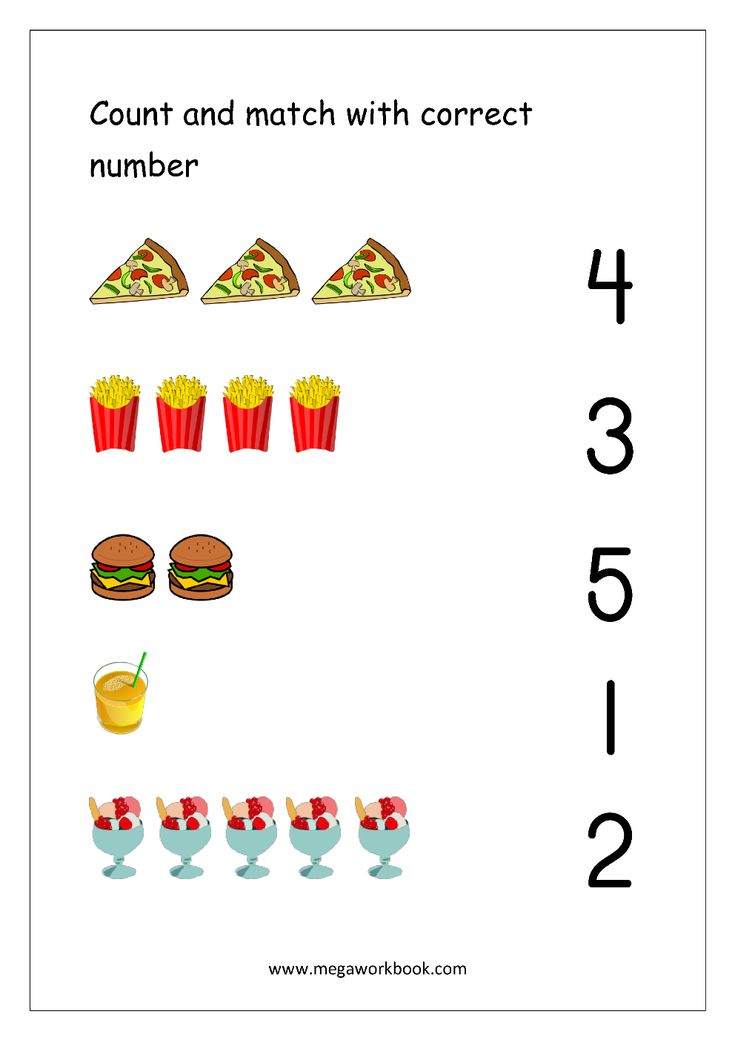
In the "SOLO" mode: The principle is to find all the pairs with the fewest possible moves and in a shortest time.
In the "2 PLAYERS" mode: the player who found the most pairs wins.
Quickly understand how to play with the Quick matching game rules here, you will find there a step-by-step illustrated description, or you can also Download the Printable game rules in PDF format.
These matching games are compatible with all your devices: desktop, tablets and smartphones (IOS ou Android).The content and the game adjust automatically to your device, so do not hesitate to play on a tablet or a smartphone.
Many free Matching games for kids on Memozor
We offer you a large range of Matching Games, you surely will find themes that please you.
- For fans of video games, there are several games with characters from video games, for example, the Matching game Minecraft, Fortnite, or Mario Kart...
- Some games will please little girls such as Matching game with Barbie , Disney princesses, pretty unicorns, Hello Kitty, Frozen.
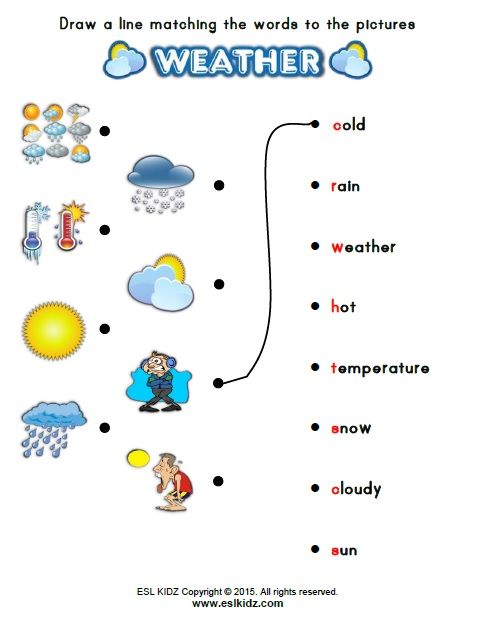 ..
.. - For nature lovers, many Matching games with animals such as Matching game with marine animals, tropical animals, animals from Asia, insects, or felines...
- For young intellectuals, there are learning games such as Matching game with dinosaurs, with dog breeds, or the game with multiplication tables, for example.
- Of course, there are a lot of Matching game with the heroes from your favorite cartoons: Matching game with The Simpsons, Tom and Jerry, Finding Nemo, Dora the Explorer and many other Walt Disney Matching games.
- For kids who want more difficult memory games (with a larger number of cards), they will find here our Giant or Big Matching games
- For the youngest kids there are also Matching games especially for toddlers.
Why play the Matching games for kids?
These free Matching games are specifically designed for kids. Many themes and several level of difficulty are available and adapted to the child's age.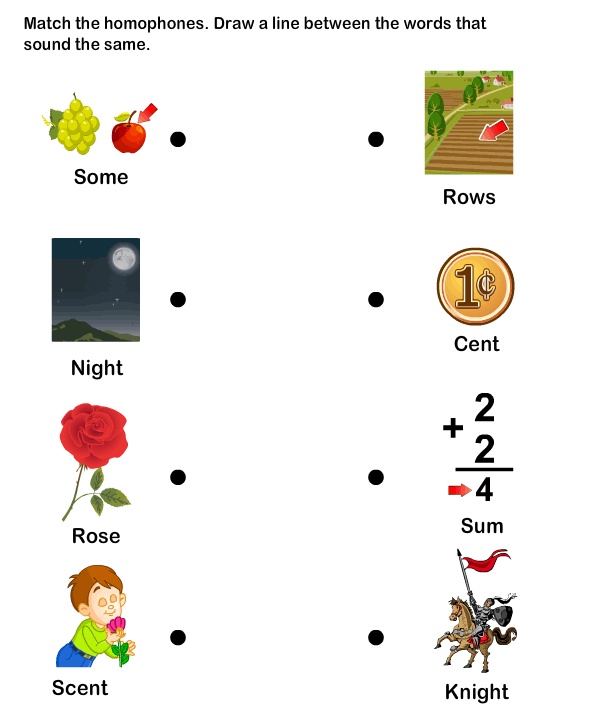 The pictures chosen to illustrate the games are suitable are specifically choosen to please them.
The pictures chosen to illustrate the games are suitable are specifically choosen to please them.
The matching game is a great game to stimulate kids memory in a playful way! The more you play, the easier it is to remember where the cards are and therefore, the easier it is to find the pairs.
Every time you start a new game, a random selection and a random positioning of the cards ensure you a different game than the previous one, so you can play again and again! On Memozor, all Matching games for kids are free and unlimited, so you can play as many games as you want.
Play Matching game for kids - Animals - Online & Free
- Memory Games
- Matching Games
- For kids
- Animals
- 1
- 2
- 3
- 4
- 5
247 Reviews
Play Matching game
NEW !
You can change the color of the cards thanks to the "Design" buttons below the game.
Moves: 0
000000
Images are currently loading, please wait a few seconds
GAME MODE :
SOLO
WITH A FRIEND
AGAINST COMPUTER
DIFFICULTY :
EASY
NORMAL
HARD
LEVEL :
SPEED :
FAST
STANDARD
SLOW
VERY SLOW
HIDE THE PAIRS :
NUMBERED CARDS :
Animals Matching game for kids
Animals Matching game kids
A great Matching game with animal pictures.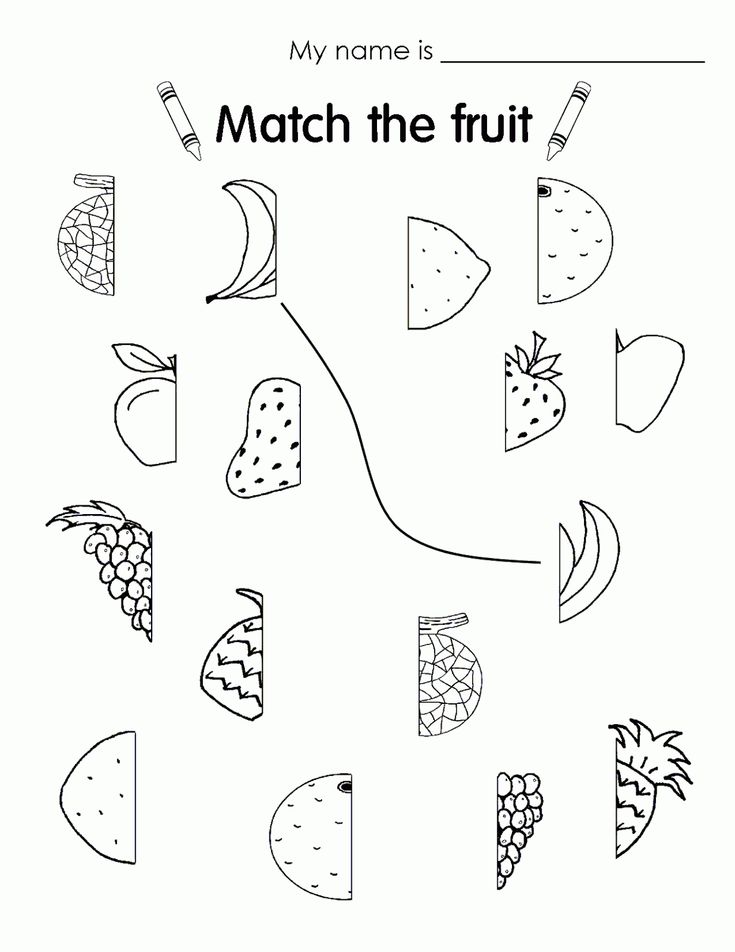 Kids will find many pictures of animals: mice, fish tropical sea, elephant, snail, cobra .... very cute illustrations, kids will love them!
Kids will find many pictures of animals: mice, fish tropical sea, elephant, snail, cobra .... very cute illustrations, kids will love them!
See the printable version of this matching game in the section Printable matching games of Memozor.
How to play our Online Matching games for kids?
Just click on "START" to start the game. You can increase the number of cards, and thus the level of difficulty, thanks to the buttons located below the game.
If you think that the game is too fast or too slow, you can adjust the speed using the "QUICK", "STANDARD", "SLOW" or "VERY SLOW" buttons. With the "VERY SLOW" speed, you will have more time to memorize the cards.
For this online matching game, 3 game modes are at your disposal:
- Single player mode (SOLO): You can play quietly, at your own pace, until you've found all the pairs.
- 2 players mode with a friend sitting next to you (WITH A FRIEND): It's the perfect opportunity to share a good time and have fun with a friend, brother or sister.
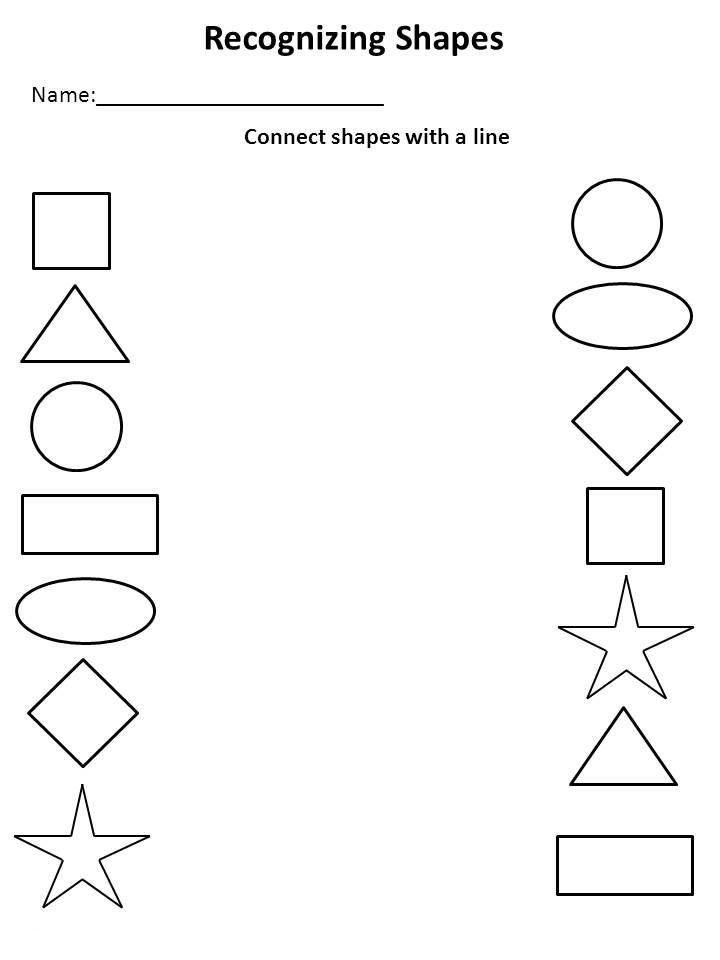
- 2 players mode against the computer (AGAINST COMPUTER): In order to win, you will have to find more pairs than the computer. If you find it too hard, you can set the difficulty level to "EASY".
In the top right-hand corner of the game, a black button allows you to turn the game sound on (Unmute) or off (Mute).
This game is compatible with all devices: desktop, tablets and smartphones, IOS or Android. The content and the game adjust automatically to your device, so don't hesitate to play on a tablet or a smartphone.
The purpose of this memory game:
The purpose of this memory game is to memorize the locations of the cards in the game and to make pairs of cards by turning them over 2 by 2. When the 2 cards match, it's a pair! You win the pair and have the right to play again, otherwise the cards are automatically turned face down and you have to make a new try.
- For the "SOLO" mode, the purpose of the matching game is to find all the pairs in the least moves and in a shortest time.
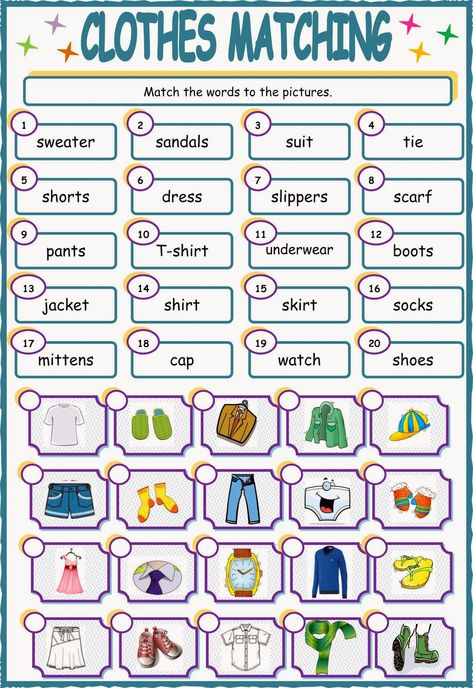
- In the 2 players mode: the player who finds the most pairs wins.
Every time you start a new game, a random selection and a random positioning of the cards ensure you a different game than the previous one, so you can play as many times as you want!
For more details, see the Matching game rules here, or you can also Download the Printable game rules in PDF format.
More in this category: « Matching game for kids - Farm animals - online and free Matching game for kids - The Beach - online and free »
back to top
90,000 collective games for children and adults ⋆ Personal site of the teacher -Bataeva TamaraGames, developing attention and reaction
Card index of games with children prone to conflicts
Games and exercises aimed at acquaintance with each other , CREATION OF POSITIVE EMOTIONS, DEVELOPMENT OF EMPATHY
"Let's say hello"
Purpose: development of imagination, creation of a psychologically relaxed atmosphere.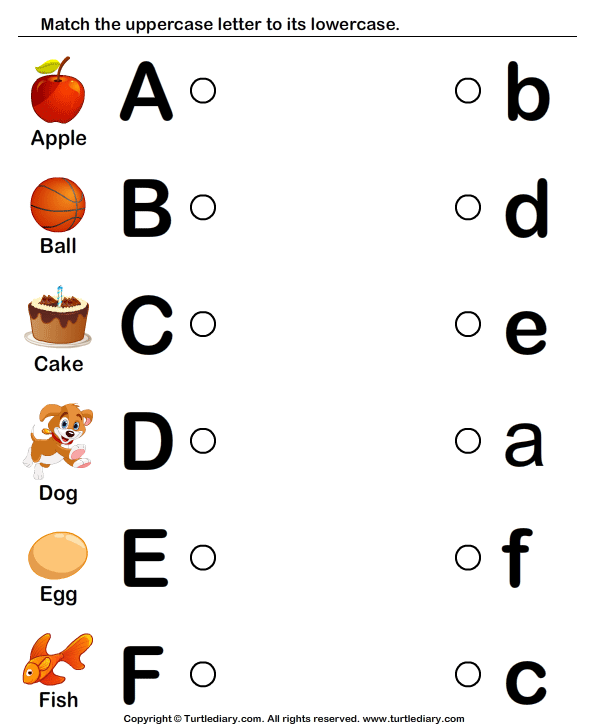 nine0005
nine0005
Game progress: At the beginning of the exercise, the facilitator talks about different ways of greeting, accepted and joking. Then the children are invited to say hello by touching their shoulder, back, hand, nose, cheek, invent their own unusual way of greeting for today's lesson and say hello through it.
"Describe a friend"
Purpose: development of observation and the ability to describe external details.
Course of the game: the exercise is performed in pairs (simultaneously by all participants). Children stand with their backs to each other and take turns describing the hairstyle, clothes of their partner. Then the description is compared with the original and a conclusion is made about how accurate the child is. nine0005
"I'm sitting, I'm sitting on a stone"
Purpose: development of empathy, the ability to express support for a peer.
Game progress: Players form a round dance and sing, and one (or several) squat in a circle, covering their heads with a handkerchief.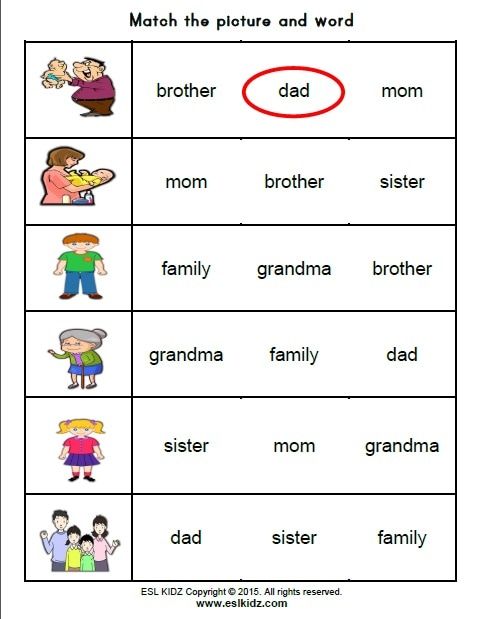
I'm sitting, I'm sitting on a rock,
I'm sitting on fuel,
And who truly loves me,
And who will replace me,
Will replace me, change me,
Will he still take a bite?
After these words, anyone can come up and pat the person sitting in a circle on the head, hug, say kind words (sip). Then he himself sits in a circle and covers his head with a handkerchief. The next wisher "doves" him. nine0005
GAMES AIMED TO ACHIEVE POSITIVE SELF-FEELING, ABILITY TO EXPRESS POSITIVE EMOTIONS, TO DEVELOP INTERACTION SKILLS
Lyutova E K., MoninaG. B. "Working with a "special" child."
"Magic chair"
Game progress: One of the children sits in the center on the "magic" chair, the rest say affectionate words to him, compliments. You can stroke the person sitting, hug, kiss.
"Glue Rain"
Purpose: development of team spirit, removal of emotional and physical stress, learning to coordinate one's movements with others.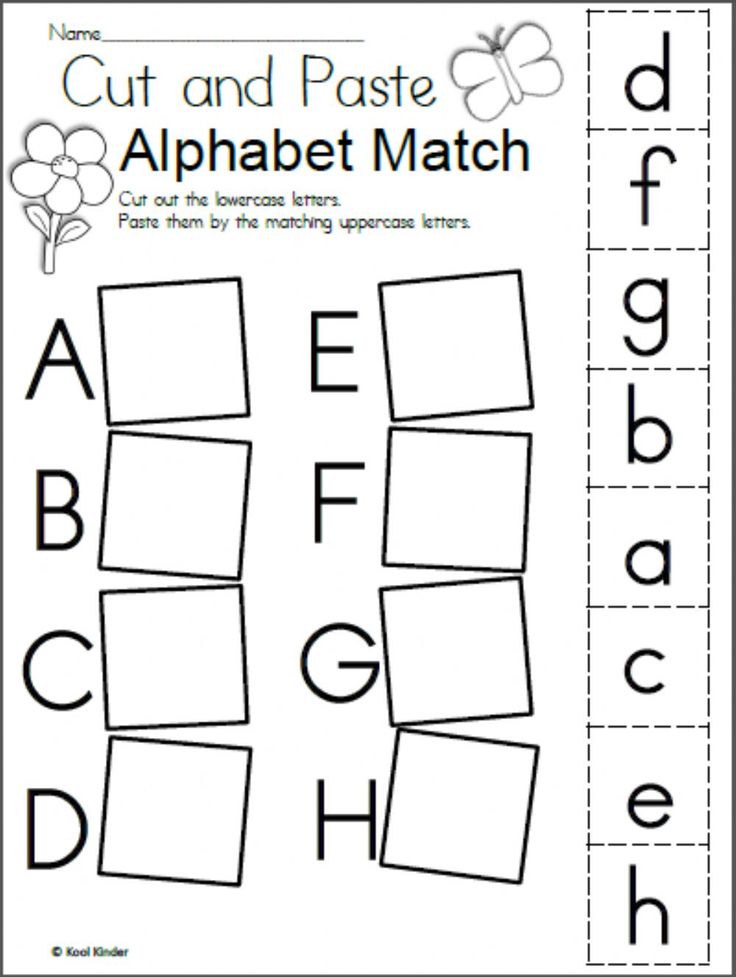 nine0005
nine0005
Course of the game: Children stand in one line, put their hands on each other's belts and start moving like this “train” (glued raindrops). On the way they meet various obstacles; it is necessary to step over boxes, walk along a makeshift bridge, go around large boulders, crawl under a chair, etc.
Toy Changers
Purpose: the game teaches children to interact with others using non-verbal means of communication.
Game progress: All children stand in a circle, each holding a toy in his hands. The driver stands with his back to the players and counts loudly to ten. During this time, the players change objects. All actions will be performed silently. Swapping the same toy twice is not allowed. The driver enters the circle, his task is to guess who exchanged toys with whom. nine0005
SOOTHING GAMES
Fopel K. “Games with children”.
Magic Pen
Purposes and Description: This poetry game is a great opportunity for children to relax and concentrate.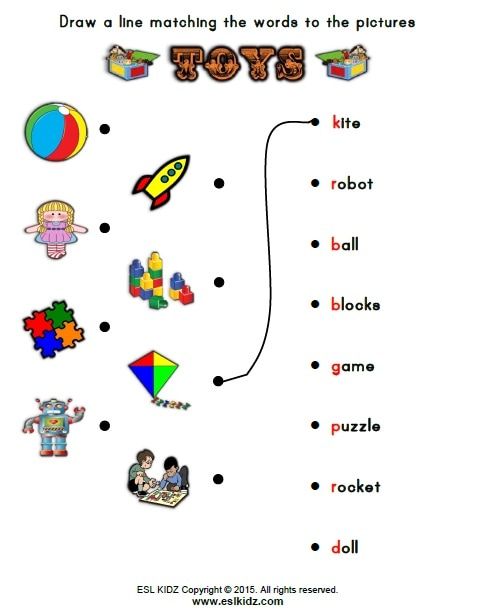 It strengthens the attachment of each individual child to you as the leader of the group, so that it will be easier for you to attract the attention of the children. At the same time, the body consciousness of children is trained, especially their tactile sense. The game is of great interest to children. They willingly touch each other with a "magic" pen. Here everyone gets a chance for a short time without difficulty to be in the spotlight. nine0005
It strengthens the attachment of each individual child to you as the leader of the group, so that it will be easier for you to attract the attention of the children. At the same time, the body consciousness of children is trained, especially their tactile sense. The game is of great interest to children. They willingly touch each other with a "magic" pen. Here everyone gets a chance for a short time without difficulty to be in the spotlight. nine0005
At first, a mistake of about a centimeter can still be considered a good result. If the child is too far from the target, you can note: “You almost hit! » Then point him to the correct place with your thumb and forefinger.
Materials: a large beautiful feather (make it your own fingertips).
Age of participants: from 3 years old.
Instruction (leading to children): “Sit in a circle on the floor. I have a magic pen with which I will touch different parts of your body. It is pleasant to the touch, and its touch will instill vivacity and fun in you.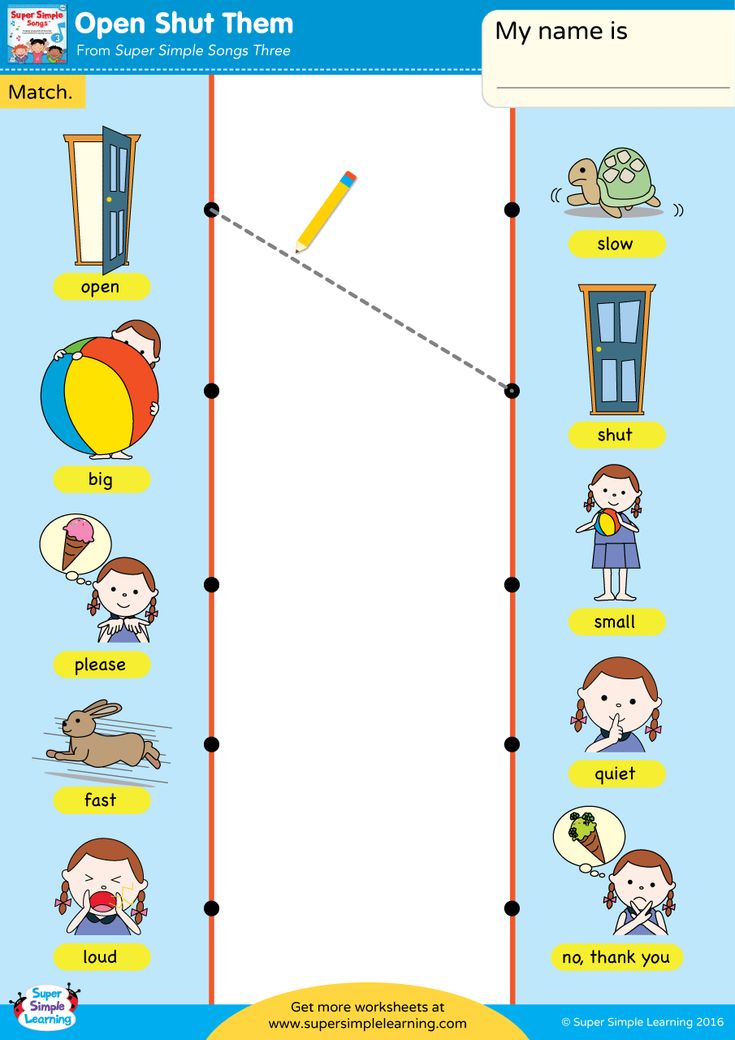 I will approach each of you one by one. The child I stop next to closes his eyes. Then I gently touch the magic pen to his face, neck, palm or arm. Without opening the eyes, the child should touch the index finger to the place that the pen touched. Then he can open his eyes, and the magic pen will touch another child.” nine0005
I will approach each of you one by one. The child I stop next to closes his eyes. Then I gently touch the magic pen to his face, neck, palm or arm. Without opening the eyes, the child should touch the index finger to the place that the pen touched. Then he can open his eyes, and the magic pen will touch another child.” nine0005
(Touch each child with a pen. Remember that children learn by watching. Working with older children, after a while you will be able to trust one or more children with a magic pen.) .
"Klubok"
Purpose: teaching a child one of the methods of self-regulation.
Move: A naughty child is invited to wind bright yarn into a ball. The size of the ball can become larger and larger each time. An adult reports that this ball is not simple, but magical. As soon as a boy or girl begins to wind it up, they immediately calm down. nine0005
Modification: The teacher can offer the child to “pull out” imaginary feathers from his clothes (on his back): large and very small.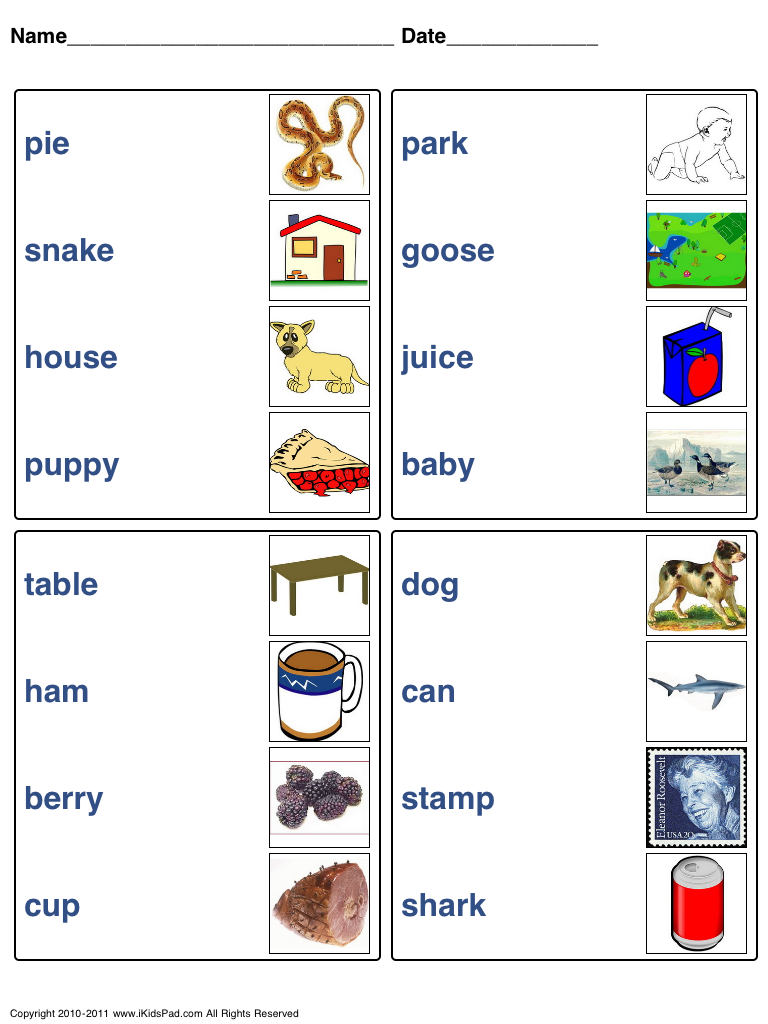 Next, ask the child to say which bird feathers he has already pulled out.
Next, ask the child to say which bird feathers he has already pulled out.
Quiet Hour for Mice
The host invites children to turn into mice. Show how they bite off pieces of cheese - they have lunch. Stroking their tummies - they ate. To announce with a sleepy squeak that they want to sleep. Then the mouse children are laid down on the mat to “sleep”. Relaxation music is turned on. nine0005
GAMES OF TRUST
Kholmogorova V. "School of good wizards"
They help children to experience positive feelings for each other and form an atmosphere of cooperation. You can use these games when children feel quite confident in the team.
Blindfolded walk
Purpose: play promotes trust and responsibility for the other person.
Move: Children, if desired, are divided into pairs - the blindfolded follower and the leader. The leader takes the follower by the hand and explains where they are currently moving, what awaits them and how to avoid falling or colliding with things.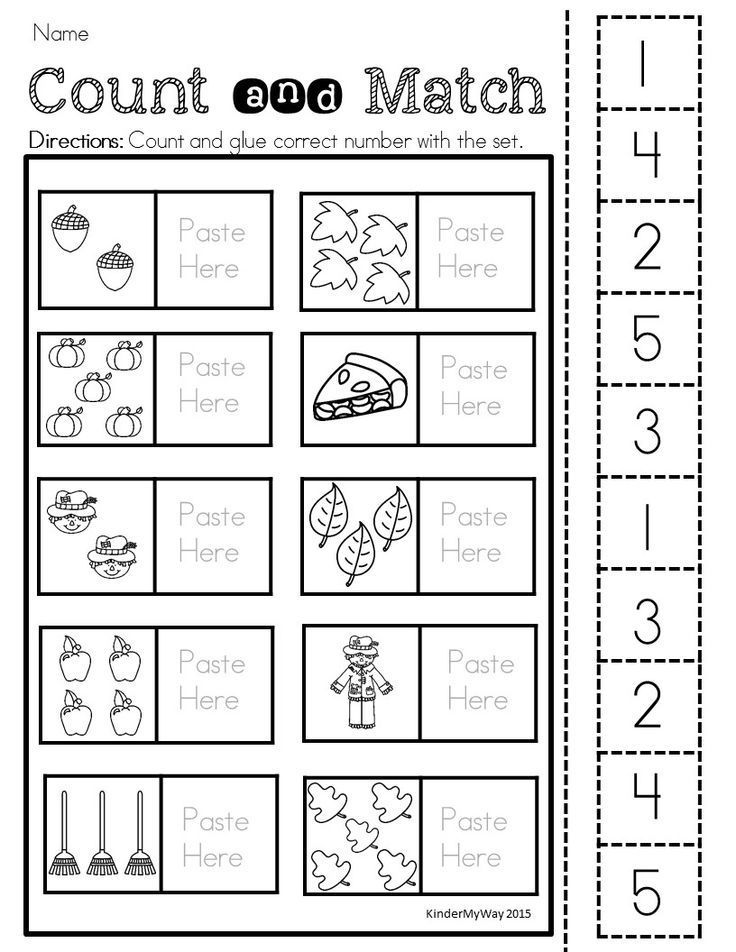 The follower must fully trust the leader. Ask the children to switch roles after a while. At the end of the activity, discuss the children's feelings during the game, in which role they enjoyed the most. nine0005
The follower must fully trust the leader. Ask the children to switch roles after a while. At the end of the activity, discuss the children's feelings during the game, in which role they enjoyed the most. nine0005
"Labyrinth"
Purpose: trains the ability to correlate actions with a partner, builds trust and cohesion.
Move: From chairs turned back to each other, the teacher builds an intricate "maze" on the floor with narrow passages. Then he tells the children: “Now you have to go through the whole maze. But this is not a simple labyrinth: it can be passed together only by turning to face each other. If you ever turn around or unhook your hands, the maze doors will slam shut and the game will stop.” nine0005
Children are divided into pairs, stand facing each other, hug and begin to slowly go through the maze. In this case, the first child walks with his back, turning to face his partner. After the first couple has passed through the maze, the second one starts moving.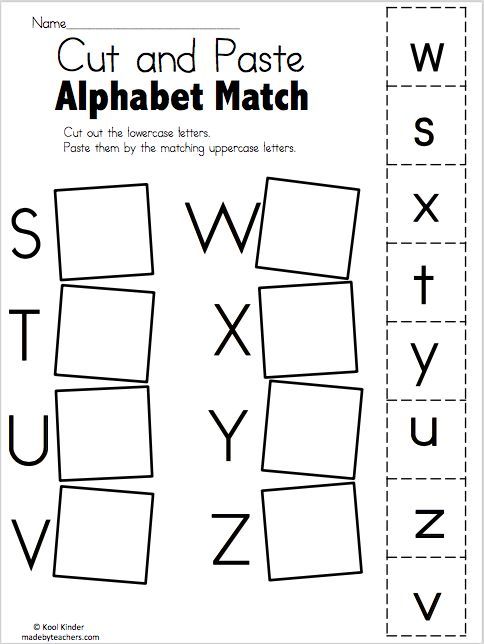 Children, along with an adult, watch the game.
Children, along with an adult, watch the game.
GAMES TO RESPONSE AGGRESSION, RELEASE STRESS
Warm-up exercise “Noise is growing”
Move: The leader says: “Guys, today we will learn how to play a new game where your cheeks and throats will “talk”. The game is called Noise Rise. Imagine that there was a little Shumok in the world. He spoke like this: "Sh-sh-sh-". But Shumok gradually grew up, matured and spoke in a different way: “F-f-f-f! ". Finally, Shumok turned into a real Noise: “J-zhzhzhzhSh Let's all show how Shu grew up
Instruction (teacher for children): “Tell me, which of you is often scolded for yelling? For our exercise, just such guys are needed. Let's split into two groups and compete in shouting. And one of you will step aside, appoint him as a judge - he will decide which group will be able to shout louder and more amicably. We will shout like this: first we will start squatting and not very loudly. Then we will gradually rise to our feet, at the same time intensifying the cry and raising our hands up. With a wave of my hand, you need to instantly shut up and lower your hands. Before I start, I'll remind you once again that it's not necessarily the loudest group that wins, but the most united group." nine0005
With a wave of my hand, you need to instantly shut up and lower your hands. Before I start, I'll remind you once again that it's not necessarily the loudest group that wins, but the most united group." nine0005
“Nehochuhi”
Instruction: “Guys, most of you know how to be obedient children. Today we will learn a little about disobedience, or rather, how to say “no” with different parts of your body. We will do the exercise together, for the first time I will show it to you myself. Let's start with the head. To say “no” with your head means to intensively shake it in different directions, gradually increasing the speed, as if you want to say “no, no, no.” Now let's try to say "no" with our hands, wave in front of us first with our right, then with our left hands, and then with both together, as if we want to give up something, push off. Let's move on to the legs. Bounce first with your right foot, then with your left, then alternately. Try to put strength into every movement. You can also add a voice. Try yelling “no” louder and louder for every movement. nine0005
You can also add a voice. Try yelling “no” louder and louder for every movement. nine0005
"Sparrow fights"
Purpose: removal of physical aggression.
Move: Children choose a mate and "turn" into pugnacious "sparrows" (squat, clasping their knees with their hands). "Sparrows" bounce sideways to each other, push. Which of the children falls or takes their hands off their knees is out of the game (“wings and paws are being treated by Dr. Aibolit”). "Fights" begin and end at the signal of an adult.
"Rvaklya" (from 3 years old)
Purpose: helps to relieve stress, gives an outlet for destructive energy. nine0005
Material: unwanted newspapers, magazines, papers; wide bucket or basket.
Game progress: The child can tear, crumple, stomp on paper, do whatever he pleases with it, and then throw it into the basket. The kid may like to jump on a pile of papers - they are very springy.
“A minute of prank”
Purpose: psychological relief
Move: Leading on a signal (a boa in a tambourine, a whistle, clapping hands) invites children to play pranks: everyone does what he wants - jumps, runs, somersaults, etc.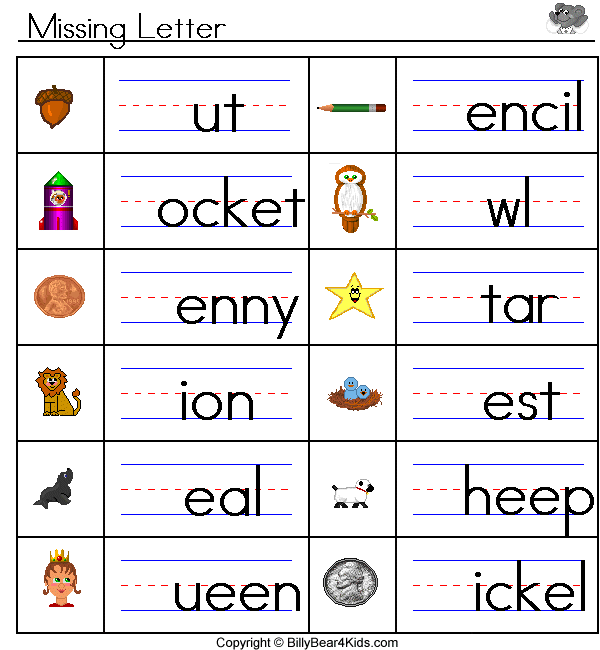 n. The repeat signal of the host after 1-3 minutes announces the end of the pranks. nine0005
n. The repeat signal of the host after 1-3 minutes announces the end of the pranks. nine0005
The fifth word is more expensive than the second
The facilitator lists four words on one topic; for example, four types of trees, or four breeds of dogs, etc. Then he suddenly turns to one of the players with the question: “The fifth word?”. The person he asks should continue the list by adding his word on the topic, but without repeating what was listed before. If the answer follows quickly, then the answerer becomes the leader and asks questions himself.
Hot-cold
Hide an agreed object in the room and invite the family to find it.
Lead the search by commenting on their actions with the words: "hot" as they approach the subject, and "cold" as they move away from it.
Vicious circle
The leader is chosen by lot. Then the players stand in a circle, holding onto a rope tied with a ring.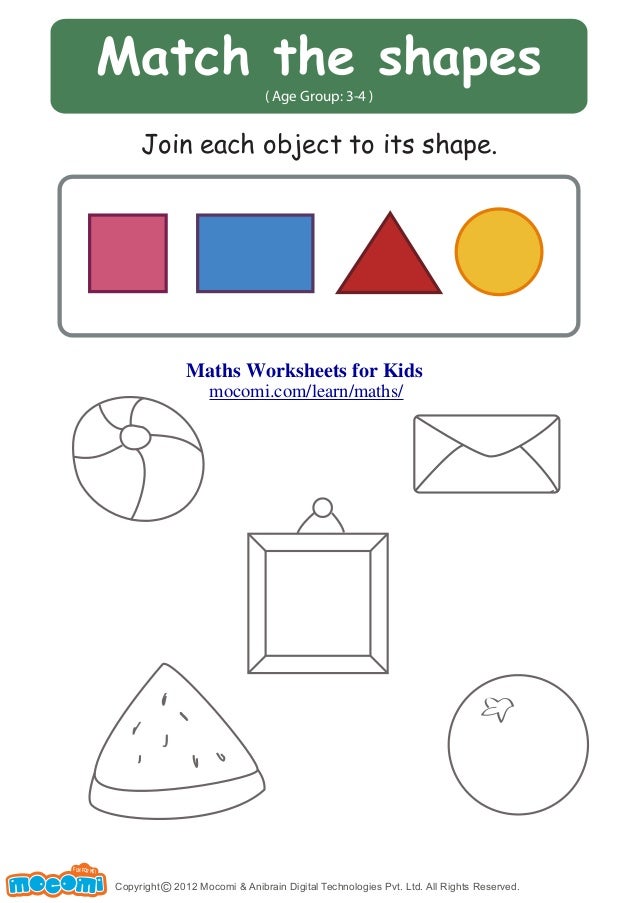 The circle should be free enough. The leader becomes inside the circle and, moving along it in different directions, tries to touch someone's hand holding the rope. The players quickly withdraw their hands, avoiding touching, but immediately take up the rope again. The player touched by the leader takes his place in the center of the circle, and the game continues. nine0005
The circle should be free enough. The leader becomes inside the circle and, moving along it in different directions, tries to touch someone's hand holding the rope. The players quickly withdraw their hands, avoiding touching, but immediately take up the rope again. The player touched by the leader takes his place in the center of the circle, and the game continues. nine0005
Round Table (Pentathlon)
The whole family can participate in the Pentathlon. Everyone is seated at a large table. Everyone receives a set of items: a needle with a thin eye and a thread, a pencil and an envelope with an unsolved example in it, a piece of paper with an outline image on it, a piece of rope 1 m long, a piece of paper on which a letter is written at the top. On a signal, all participants simultaneously start the competition, trying to complete the following tasks as quickly as possible:
- Thread the needle through the thread.
- Solve an arithmetic example.
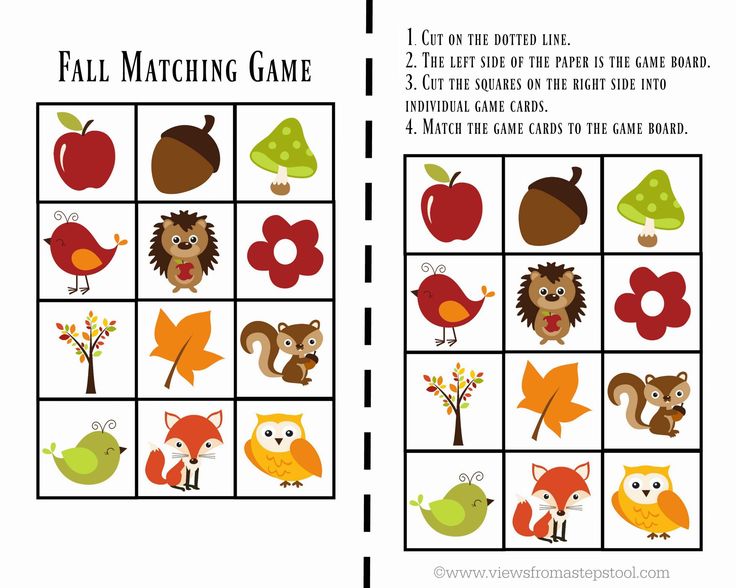
- Cut out the design exactly along the outline.
- Tie 10 simple knots on the rope.
- Write the names of 5 cities beginning with the given letter.
Hand and finger fine motor games
The following are hand and finger fine motor skills games.
You and your child can easily prepare the items needed for these games by yourself. These games help to improve coordination, develop dexterity, accuracy, and reaction in children. In addition, the above games are all related to home games at the table and are perfect for organizing family leisure. nine0005
Blocks
To play, you need to make playing blocks.
Saw a straight, dry branch 2 cm thick into six rounds, 5 cm long and cut in half with a knife. Sand the flat sides, and make notches on the round one: four chocks in one notch, four in two, four in three. Put a large sheet of paper on the table, drawing a square on it, divided into nine cells with numbers from 1 to 9. Two, three or four people can participate in the game. Everyone takes four identical chocks. Moves are made in turn. The player places the chock with its flat side on the table so that its end extends slightly beyond the edge of the table. Then he sends it with a click so that it stops in one of the cells of the square. When the players do not have chocks left in their hands, the result of the first round is calculated. Each player adds up the numbers in the cells occupied by his chicks, and accordingly receives the same number of points. If the chock occupied two cells, a smaller number is counted. During the game, it is allowed to shoot down the opponent's chick with your chick. nine0005
Two, three or four people can participate in the game. Everyone takes four identical chocks. Moves are made in turn. The player places the chock with its flat side on the table so that its end extends slightly beyond the edge of the table. Then he sends it with a click so that it stops in one of the cells of the square. When the players do not have chocks left in their hands, the result of the first round is calculated. Each player adds up the numbers in the cells occupied by his chicks, and accordingly receives the same number of points. If the chock occupied two cells, a smaller number is counted. During the game, it is allowed to shoot down the opponent's chick with your chick. nine0005
Caps
Glue the caps from colored cardboard, 7 cm high and with a base diameter of 5 cm. Fill them with plasticine so that they are heavy and stable enough. Then make fishing rods - thin sticks (standard pencils may well be fishing rods), to which wire rings with a diameter of 2 cm are attached. Your task now is to put the ring on the top of the cap without touching the ring with your hand. It's pretty difficult.
Your task now is to put the ring on the top of the cap without touching the ring with your hand. It's pretty difficult.
The first person to do this wins. nine0005
Blocks
Saw a thin square strip (10 by 10 mm) into 4 cm long blocks. Paint two opposite sides of the blocks. Leave the other two unpainted. The blocks are painted in different colors, at the rate of five sticks of the same color for each participant in the game. Put the sticks in a bag, mix and pour on the table. Each player in turn taps one of his own blocks with his finger (flick), trying to knock one of the opponent's blocks off the table, but facing up with the same side - that is, painted or unpainted, as his block. If the sides do not match, you can try to flip your block to the right side. To do this, you need to press the edge of the bar with your fingernail, forcing it to fly up and roll over, which is not always possible. Such an attempt counts as a move. nine0005
Moves are made alternately. If the opponent's block was knocked off the table, it is put back into the bag and is not returned to the game. If both blocks fall to the floor (both the opponent’s block and the one that was knocked down), then they are again placed on the table, but turned in different directions. They play until one block remains on the table. Its owner wins.
If the opponent's block was knocked off the table, it is put back into the bag and is not returned to the game. If both blocks fall to the floor (both the opponent’s block and the one that was knocked down), then they are again placed on the table, but turned in different directions. They play until one block remains on the table. Its owner wins.
Frog
Draw a playing field on a piece of cardboard 30 by 30 cm: four circles located one inside the other with a radius of 11 cm, 8.5 cm, 5.5 cm and 2 cm. The circles are numbered from the center: 1.2 ,3. Then make a “frog” stick from a piece of wood. "Frog" is a rectangular bar, no more than 3 cm long, with a pointed end on one side. nine0005
Draw a frog with the number 1 on the two side faces and a number 2 on the top face. The game can be played by two, three or four people. Before the game, the participants agree on how many points they will play. The frog is placed in the central circle with the number two up.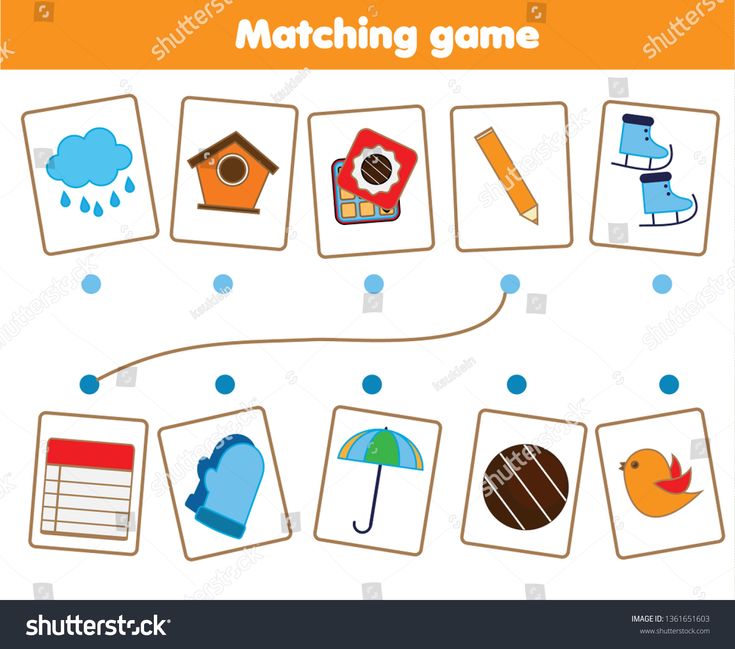 The player who plays with a finger strike on the pointed end makes the “frog” jump. If the frog gets into the first circle with the number 2 up, then the kicking player is credited with 3 points (1+2=3). If in the second - 4 (2+2=4), and. etc. If the frog falls number two down, nothing is added to the number of the circle. If part of the frog fell into one circle, and part into another, then only the number written on the edge that fell out is counted. nine0005
The player who plays with a finger strike on the pointed end makes the “frog” jump. If the frog gets into the first circle with the number 2 up, then the kicking player is credited with 3 points (1+2=3). If in the second - 4 (2+2=4), and. etc. If the frog falls number two down, nothing is added to the number of the circle. If part of the frog fell into one circle, and part into another, then only the number written on the edge that fell out is counted. nine0005
If the frog falls off the target, the player does not gain, but loses one point. Players alternately hit the frog once, the winner is the one who scores the agreed number of points first.
Round table
Players sit around the table and, putting their hands under the table, pass each other an imperceptibly small object: a button, a nut, a candy in different directions.
Unexpectedly, the presenter loudly commands: “Hands on the table!” On command, everyone should quickly put their hands on the table with their palms down, including the one who turned out to have a nut.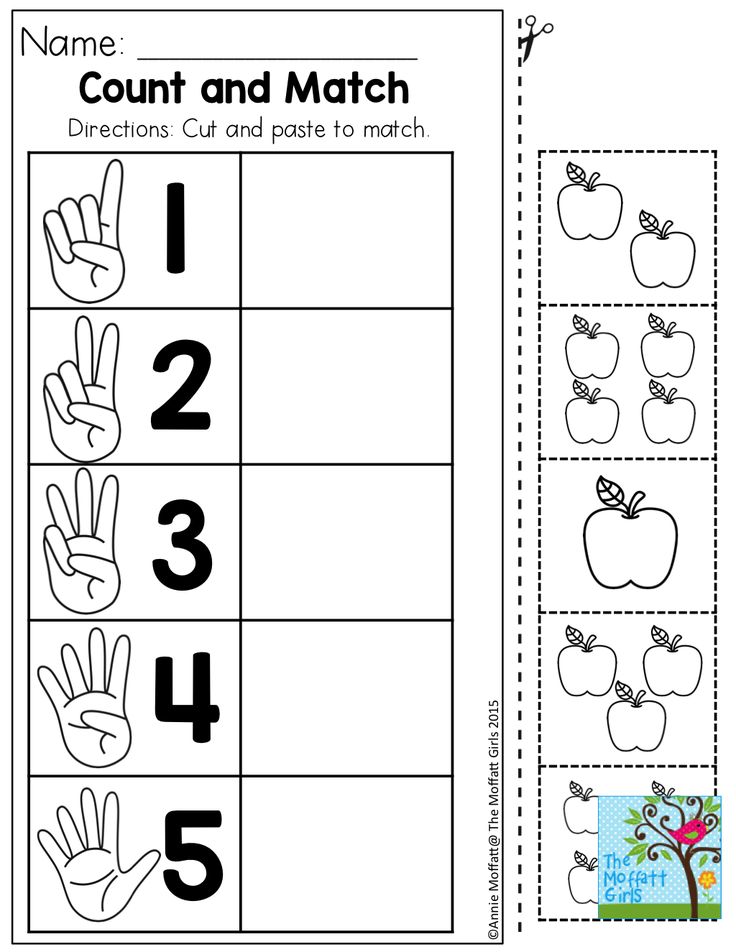 The host tries to guess who has the nut. By his order, any participant in the game must raise any indicated hand. If the nut is under it, he must replace the leader. If not, then the game continues. nine0005
The host tries to guess who has the nut. By his order, any participant in the game must raise any indicated hand. If the nut is under it, he must replace the leader. If not, then the game continues. nine0005
Who flies?
Players sit around the table with their palms on the table. The host says: “The eagle is flying” and raises the thumb of his right hand. Everyone repeats the leader's movement. Then he names other birds, insects, flying machines, and anything that can fly. Players raise their finger following the leader. Suddenly, the leader says: “The cow is flying” (“the table is flying”, “the goat is flying”). In this case, the players do not need to raise their finger. The player who raises his finger receives a penalty point. The one who scores 5 penalty points becomes the leader. nine0005
Cat and Mouse
You will need to craft six wooden mice to play this game. They are cut from a semicircular plank and painted in different colors. Each mouse is tied with a long tail. In addition, you will need a plastic cup and a dice, the edges of which are painted in the same colors as the mice. Players sit around the table, placing their mice in the center of the table in a circle in front of them. Each player holds their mouse by the end of the thread. The driver is a cat. He has a cube and a cup in his hands. The leader rolls the dice. Players keep track of which side he fell. The task of the driver is to cover with a cup that mouse, the color of which fell out on the top face of the cube. The player must have time to pull his mouse back by the tail. The captured mouse is out of the game. nine0005
Each mouse is tied with a long tail. In addition, you will need a plastic cup and a dice, the edges of which are painted in the same colors as the mice. Players sit around the table, placing their mice in the center of the table in a circle in front of them. Each player holds their mouse by the end of the thread. The driver is a cat. He has a cube and a cup in his hands. The leader rolls the dice. Players keep track of which side he fell. The task of the driver is to cover with a cup that mouse, the color of which fell out on the top face of the cube. The player must have time to pull his mouse back by the tail. The captured mouse is out of the game. nine0005
Hawk and chickens
To play, make five sticks from a smooth, thin twig or a regular pencil by cutting it into five pieces. The player stands near the table, resting the parted fingers of his left hand on the table top. The space between the fingers is the "gate". Places a stick between the fingers (these are chickens).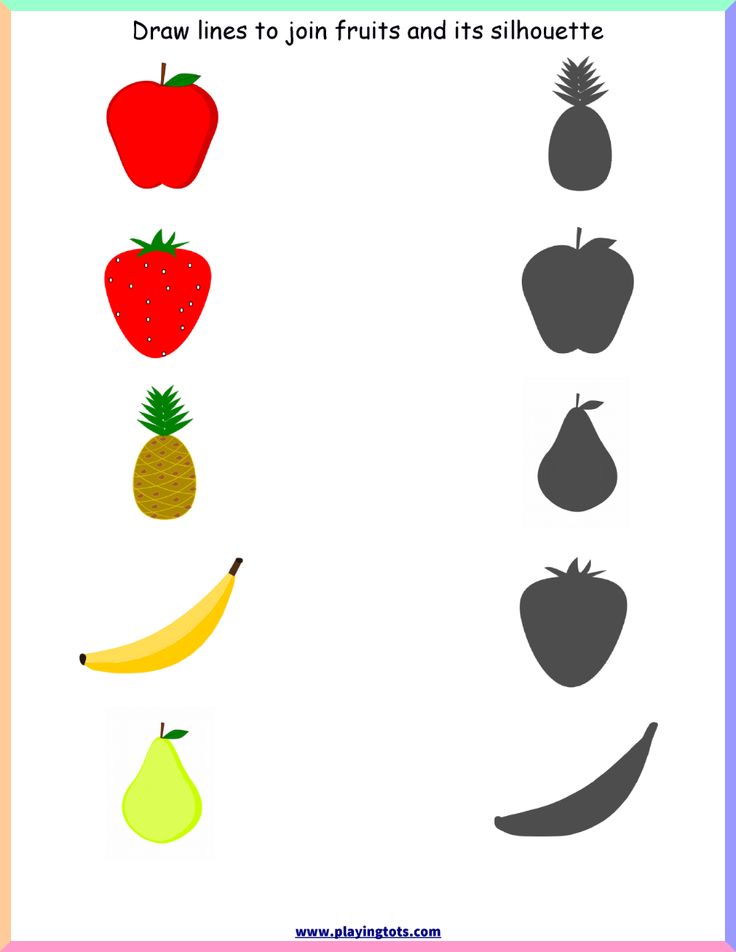 The fifth stick - "hawk" is placed on the palm of the right hand. The player's task is to toss and catch the fifth stick with his right hand, having time, while it falls, to push one of the sticks lying between the fingers of the hand on the table into the "gate". Then do this exercise three more times. If the stick - "hawk" falls before the player has time to catch it, having previously hidden the "chicken", this means that the "hawk" carried away the "chicken". The game requires some practice. nine0005
The fifth stick - "hawk" is placed on the palm of the right hand. The player's task is to toss and catch the fifth stick with his right hand, having time, while it falls, to push one of the sticks lying between the fingers of the hand on the table into the "gate". Then do this exercise three more times. If the stick - "hawk" falls before the player has time to catch it, having previously hidden the "chicken", this means that the "hawk" carried away the "chicken". The game requires some practice. nine0005
Chips
The child places 6 chips one after the other at a short distance on the table. The task of the child is to send the first chip by clicking, aiming at the second, if it hits, at the third, fourth, and, finally, the fifth. Each chip is worth one point. Accordingly, the child wins as many points as he knocked out the chips. If the child does not hit the first chip, he is out of the game. If more than one person is playing, the winner is the one who first knocks out a predetermined number of chips.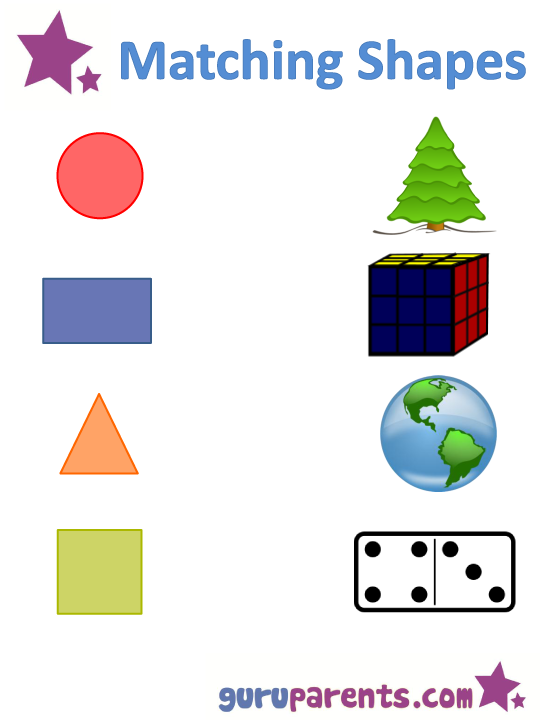 nine0005
nine0005
Holes
In an old table tennis racket, drill three identical small holes. Tie a small ball or bead to the edge of the racket on a thread so that it passes freely into the holes. The task of the player is to throw a bead into all three holes in turn, tossing it on a racket.
Outdoor games for children in summer: a large selection
Outdoor activities are a great alternative to gadgets. Live communication, peer interaction skills are something that is useful to learn at any age. Recall the games that you can play in the yard, those that are familiar to more than one generation of children. Dear adults, take the initiative! Remember what you played as a child and tell your children about it. Games are like fairy tales, they need to be passed down from generation to generation. nine0004
polzavred.ru
In the yard, in the camp, on a hike, in the country - wherever a company of children gathers, you can organize team or collective games: calm or very active, on the grass or in the gazebo, with attributes and without.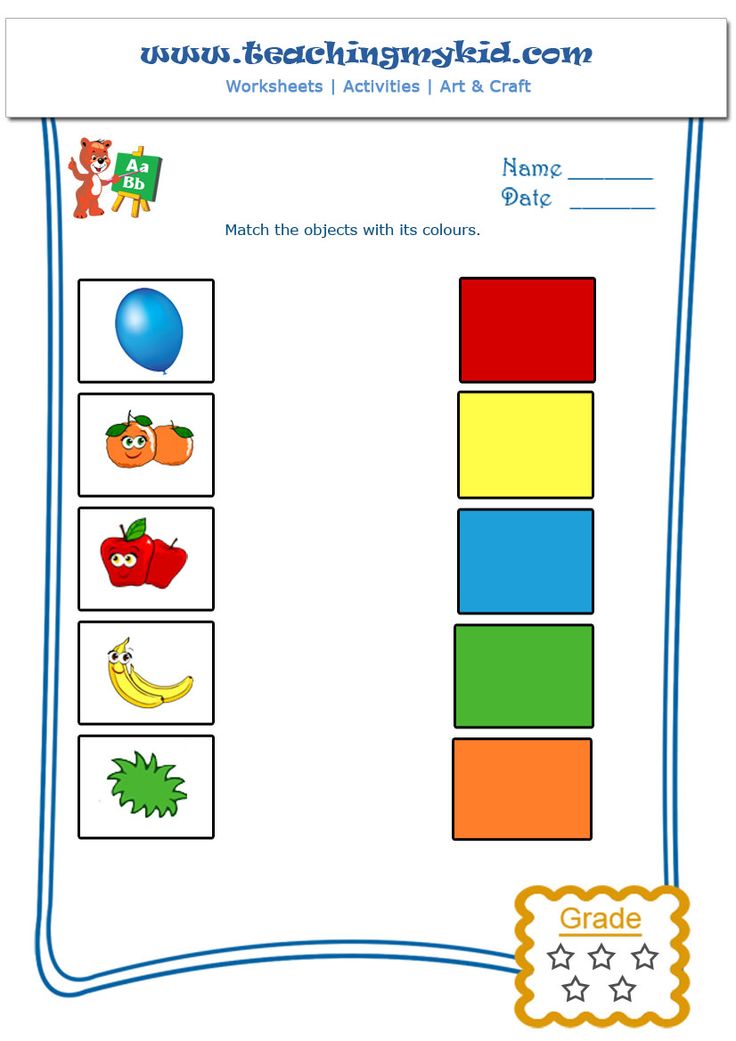 Sharing a BIG list of outdoor games for kids to play in the summer. We have chosen the MOST POPULAR ones that have been tested by more than one generation of children and still have not lost their relevance. We are sure you can continue this list - and your children will have enough entertainment for the whole summer! nine0005
Sharing a BIG list of outdoor games for kids to play in the summer. We have chosen the MOST POPULAR ones that have been tested by more than one generation of children and still have not lost their relevance. We are sure you can continue this list - and your children will have enough entertainment for the whole summer! nine0005
1. Ring-ring
www.kis-brys.ru
The leader is chosen, all the rest sit opposite him. As a "ring" you need to find a small object: a button, a pebble, a ring, etc. Players fold their palms in a "boat". The "ring" is hidden in the leader's "boat", and he runs his hands over the slightly open "boats" of the players, imperceptibly tossing the ring to one of them. The main thing is to do everything very professionally, like an actor, so that none of those sitting would guess at what exact moment the "ring" from the hands of the presenter migrated to the palms of the lucky player. The one who had the ring should also keep the intrigue ..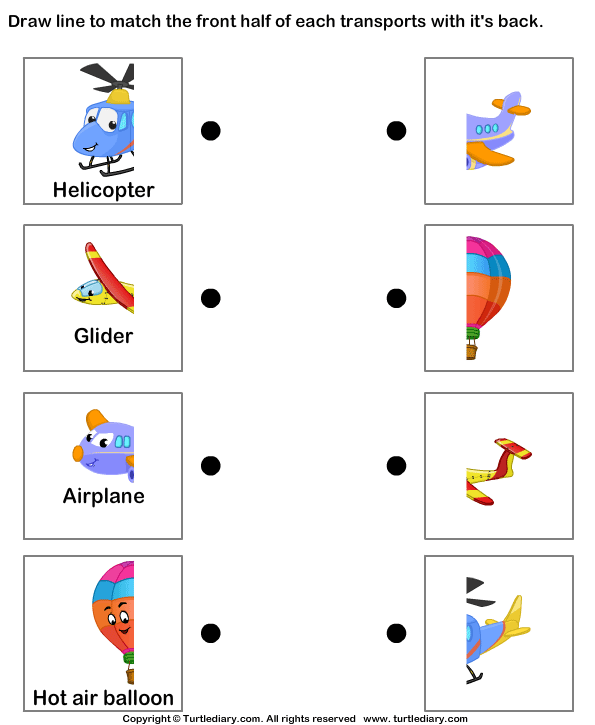 . After all the players go through the procedure, the leader says: "Ring-ring, go out on the porch." At this moment, the one who really had the “ring” should quickly get up and run forward so that the others do not have time to catch him. If he succeeds, he becomes the new leader. nine0005
. After all the players go through the procedure, the leader says: "Ring-ring, go out on the porch." At this moment, the one who really had the “ring” should quickly get up and run forward so that the others do not have time to catch him. If he succeeds, he becomes the new leader. nine0005
Warm childhood memories of this popular game take you back to a time when rings on the fingers of girls were very rare, holding someone else's ring in your hands is cool in itself! This simple game can be played with both toddlers and school-age children and is almost universal for both boys and girls. A small car can also be used as a “ring”, for that matter.
2. Kalim-bam-ba
All players are divided into two teams. The players of each team join hands and become a chain facing the opponents at a distance of 10-12 meters. The teams begin to shout out the following words in turn:
- Kalim-bam-ba!
- What's a servant for?
- Sew sleeves!
— To what numbers?
- In the fifth or tenth, we Masha (Olya, Tanya, Sveta, Sasha, Andryukha . ..) here!
..) here!
The one whose name was called runs to the opposing team and tries to disengage the opponents' hands. If he succeeds, he can take either of the two guys who have unhooked their hands into his team, usually the one who is stronger. If it was not possible to break the chain, then he goes to the opposing team. They play until one or two people remain in one of the teams (as agreed). nine0005
The analogue of this game is Chains. The dialogue might look like this:
- Chains are forged, tear us apart!
- Which one of us?
You may remember it as "Ali Baba, sew on the sleeves":
- Ali Baba!
- Why a servant?
- Sew on the sleeves!
- Which sides?
… etc.
Be sure to teach your children how to play this game. She teaches us to stand up for each other, to act together.
3. Returners
You will need a whistle to play. At the request of the leader, the children line up. On a signal, the players scatter in different directions within the agreed territory, run around the clearing, dance, take various poses.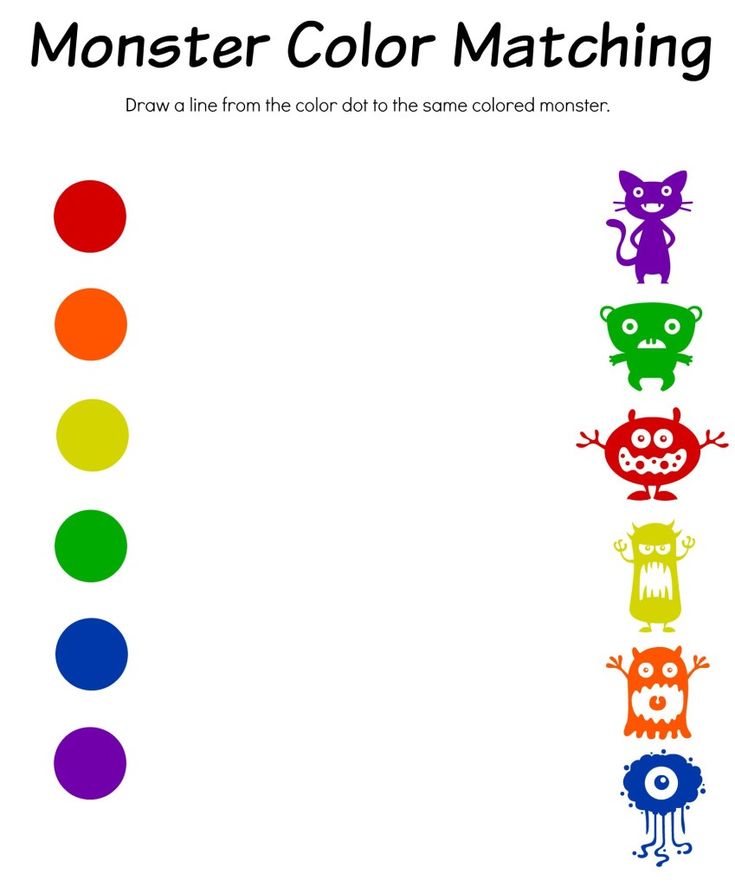 At the whistle, the players must return to their original place and line up again. You can, for example, count up to three: who did not have time - leaves. The game is repeated 3 times. nine0005
At the whistle, the players must return to their original place and line up again. You can, for example, count up to three: who did not have time - leaves. The game is repeated 3 times. nine0005
The idea is good for camp teachers when you need to quickly organize the children, get them all together.
4. Frog
Players stand in front of the wall (usually the end wall of the house, where there are no windows and doors) one after the other (in a column). A mark is drawn on the wall with chalk. Usually start with 1-1.5 meters.
You need to throw the ball above this line and while it bounces back, have time to jump over it. The ball must hit the ground and pass between the player's legs. If successful, the player goes to the end of the queue. If, during the jump, the ball was touched with their feet or they could not jump over it, the player goes to the end of the line, having received one letter from the word "frog". When everyone jumps once, the mark is set higher, the jumps start again.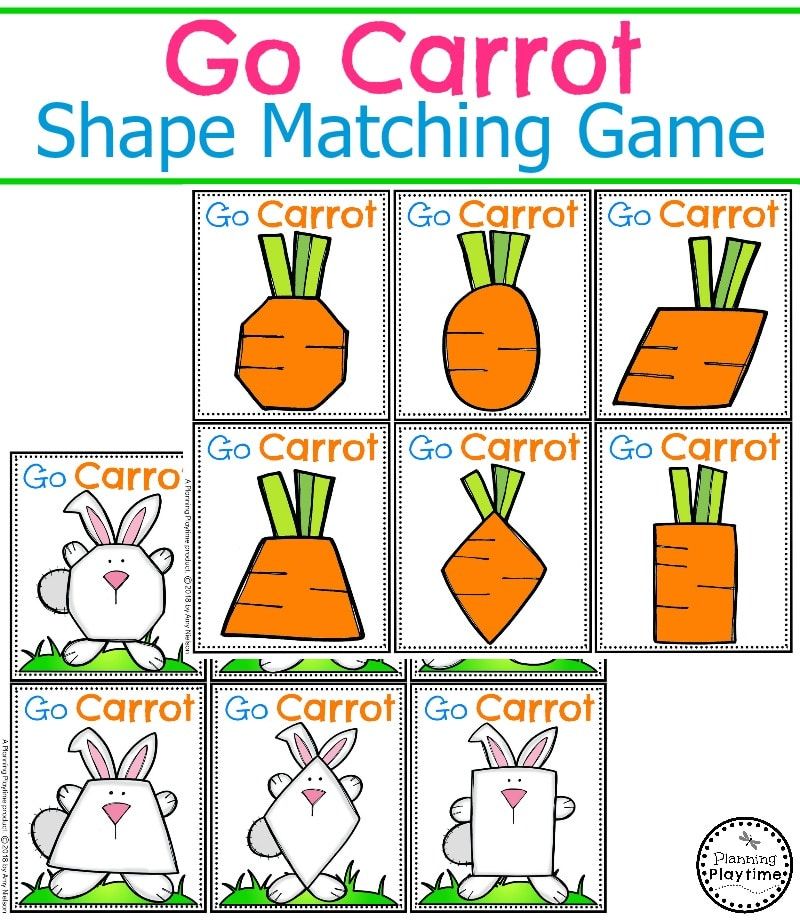 The game continues until one of the players collects the word "l-i-g-u-sh-k-a" in its entirety. nine0005
The game continues until one of the players collects the word "l-i-g-u-sh-k-a" in its entirety. nine0005
To be honest, in our childhood everyone was called by their proper names - “goat”. Perhaps it is under this code word that this game and the hysteria of the grandmother-neighbor, who was knocked on the wall by the restless yard children for days on end, will pop up in your memory.
Another version of this game (simplified) is suitable for younger children. The principle is the same, with the only difference that the one who could not jump over the ball stands against the wall. Over time, there will be a lot of such "penalty boxes". Their task is to try to catch the ball before it hits the wall. If it worked out, the “penalty box” gets in line and continues the game, and the one who threw the ball at that moment takes his place against the wall. The game ends when everyone but one (the winner) is at the wall. nine0005
5. The sea worries once…
pln-pskov.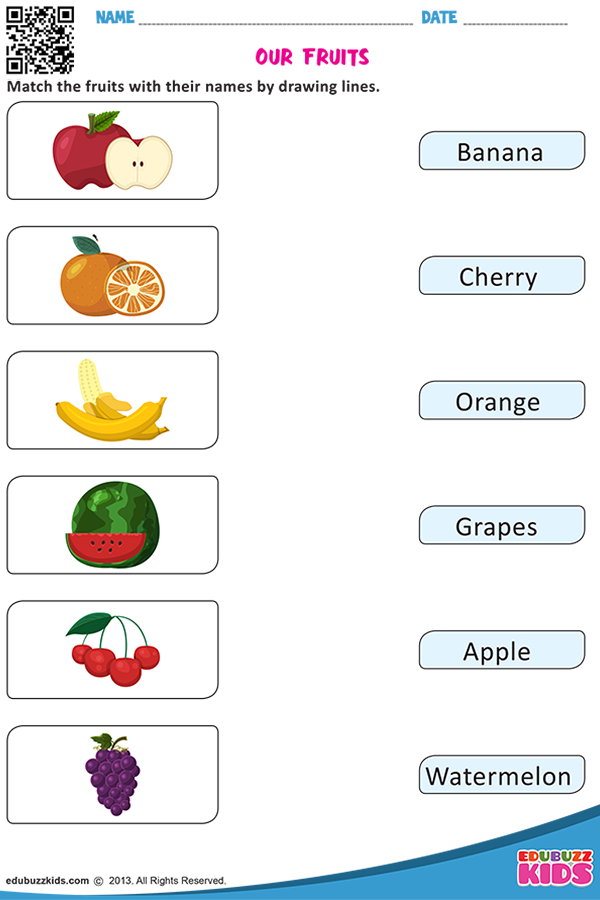 ru
ru
The leader turns his back on the players and says: “The sea worries once, the sea worries twice, the sea worries three, the marine figure freezes in place!” The rest at this time move randomly and depict the movement of waves with their hands. On the word "Freeze!" all the children freeze in their intended poses. The host turns around, approaches any of the players and touches him with the words “Otomri!”. The selected player must show the conceived figure in motion so that it can be guessed. If the host guesses the figure, he goes to the next player and continues to guess. The one whose figure is not unraveled becomes the new leader. nine0005
By the way, the pieces don't have to be marine at all, choose and voice any theme before the game starts.
6. Predators and Herbivores
Among the players, a predator is chosen: at will or by lot. The rest are herbivores. The predator draws a large circle (about 2-2.5 m in diameter). During the game, he needs to catch as many herbivores as possible and put them in his lair - in a circle.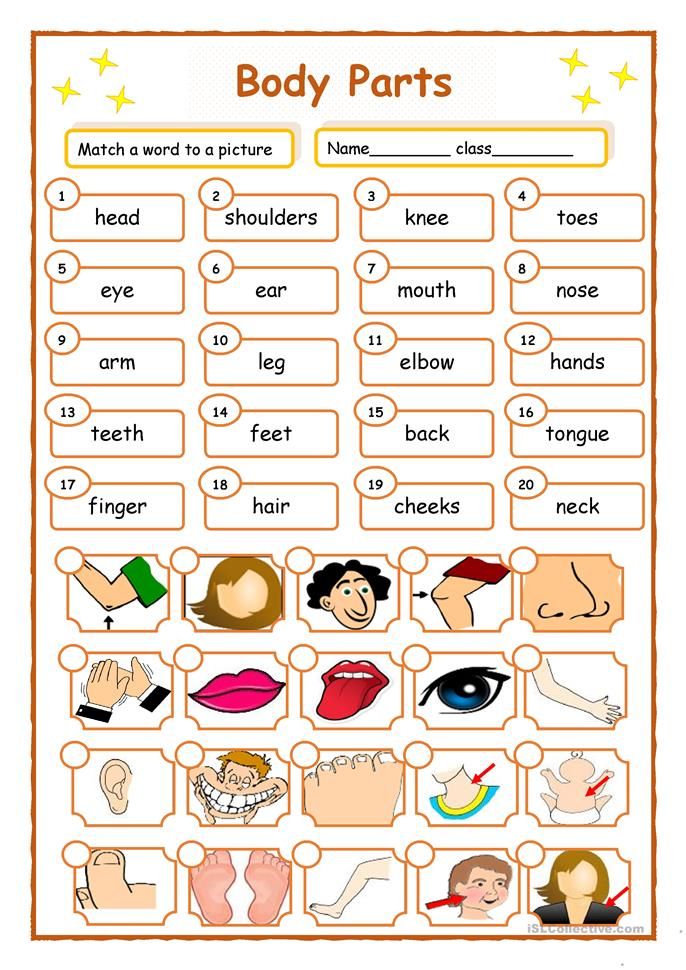 The captives can leave the circle only in one case - if one of the herbivores walking in the wild touches the outstretched hand of the captured person. The task of the predator is not easy: he needs not only to catch new herbivores, but also not to allow the "free" to free those already captured. The game ends when all herbivores are in the circle, or all are free. nine0005
The captives can leave the circle only in one case - if one of the herbivores walking in the wild touches the outstretched hand of the captured person. The task of the predator is not easy: he needs not only to catch new herbivores, but also not to allow the "free" to free those already captured. The game ends when all herbivores are in the circle, or all are free. nine0005
7. Cossacks-Robbers
Participants are divided into 2 teams and agree on a territory for the game. The robbers, secretly from the Cossacks, come up with a password word. During the game, the Cossacks must try to find out this secret word.
The game begins with the fact that the Cossacks turn away and close their eyes. At this time, the Rogues should run away and hide somewhere in a secluded place. When fleeing, Rogues draw arrows on the road, curbs or trees indicating the exact direction of their movement, sometimes placing arrows in different directions to confuse their tracks. nine0005
While the Robbers run and hide, the Cossacks draw a small area with chalk - a prison.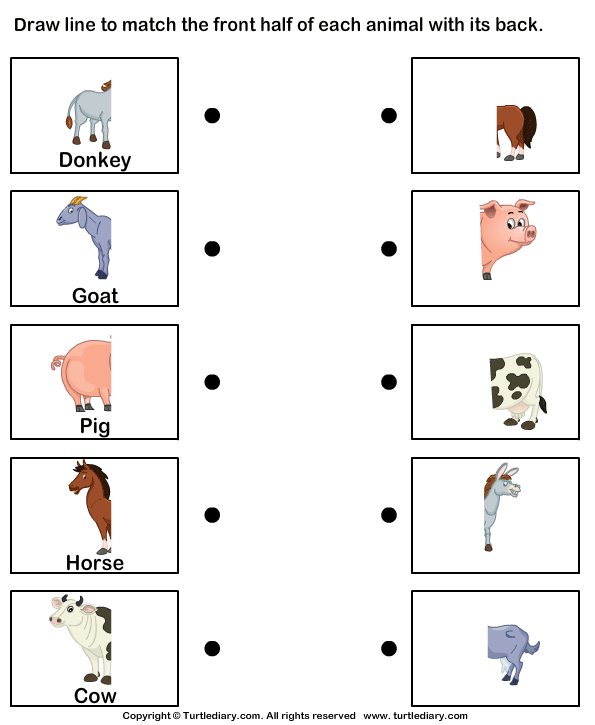 After 10-15 minutes, the Cossacks go in search of the Robbers. The Cossack, who caught the Robber, takes him to prison and tries to find out the password using comic methods in the form of tickling. Rogues who are not caught can attack the prison in order to free the captured team member. The Cossacks will win if they find out the secret word of the Robbers or catch them all.
After 10-15 minutes, the Cossacks go in search of the Robbers. The Cossack, who caught the Robber, takes him to prison and tries to find out the password using comic methods in the form of tickling. Rogues who are not caught can attack the prison in order to free the captured team member. The Cossacks will win if they find out the secret word of the Robbers or catch them all.
Oh, childhood! With this game, we knew all the "hacks" in the vicinity and within the radius allowed for the development of mom. One of my favorite games and never got bored! nine0005
8. Hide-and-seek
year of culture.rf
A leader is appointed, a place is agreed where the players can “get caught”. The driver turns away, closes his eyes and counts to ... (as agreed). The rest are hiding at this time. Having counted, the water goes in search. If he finds someone, he runs to the agreed place and “knocks” him: “Knock-knock for ...” (say the name). The one who was found can try to overtake the water and “catch” himself.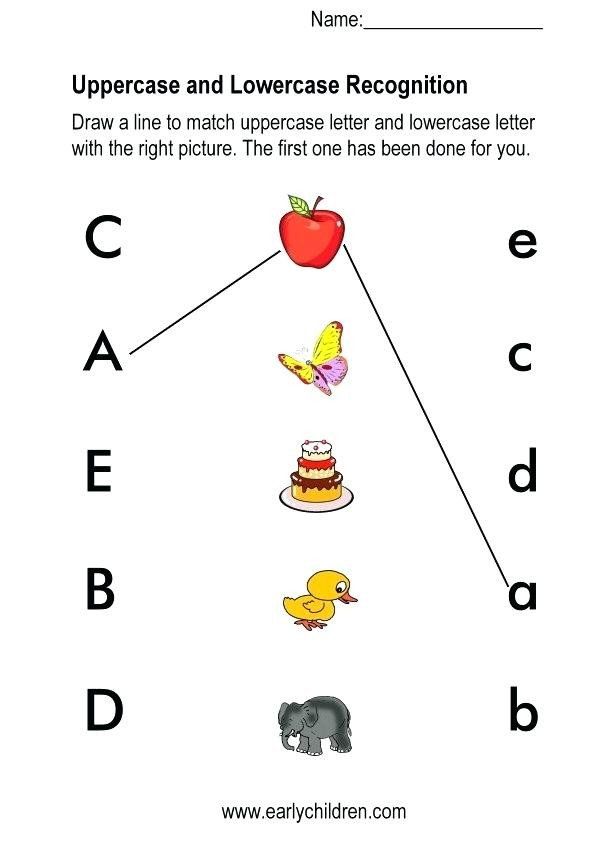 In this case, he is not considered caught. The game ends when everyone is caught. The new leader becomes the one who was "caught" the very first. nine0005
In this case, he is not considered caught. The game ends when everyone is caught. The new leader becomes the one who was "caught" the very first. nine0005
The game is good because even kids can participate. You can also play indoors if you wish.
rostovmama.ru
Complicated version - "Twelve sticks". You need a plank and 12 sticks. The plank is placed on a stone to make a swing. 12 sticks are laid out at one end, and one of the players kicks the other end so that the sticks scatter. While the water collects the sticks, everyone hides. Further - according to the rules of ordinary hide and seek, only you need to “knock” with a stick in your hands on a plank. nine0005
9. Pionerball
22-91.ru
A ball, a field with a net or a high crossbar in the middle and 2 teams with an equal number of players (optimally 6-7 people). Players take positions on the playing field on both sides of the net. The game starts with the ball. The serve is performed from the corner of the field. The main thing is to throw hard enough so that the ball flies over the net to the opponent's side. He didn’t get stuck in the net, didn’t fall in his own half, didn’t fly over the line, but just hit the field on the opponent’s side. Further - as lucky. If the opponents do not beat off, the point and the right of the next serve are again yours. If the ball hits the net, the serving team receives a losing point. If the ball is touched or dropped in their own half of the field, then a loss point is counted. nine0005
The main thing is to throw hard enough so that the ball flies over the net to the opponent's side. He didn’t get stuck in the net, didn’t fall in his own half, didn’t fly over the line, but just hit the field on the opponent’s side. Further - as lucky. If the opponents do not beat off, the point and the right of the next serve are again yours. If the ball hits the net, the serving team receives a losing point. If the ball is touched or dropped in their own half of the field, then a loss point is counted. nine0005
A competitor or members of the other team must catch the ball and throw it back over the net. It is allowed to take no more than 3 steps across the field with the ball in hand. A ball that has flown out of the opponent's field, which has not been touched in flight, allows you to serve to the opponent. The game lasts up to 15 goals.
Unlike volleyball, the variant is simpler, under the force of those who are younger and weaker.
In pioneer ball, the teams' movements on the court were also interesting - that is, after each point earned by the team, the team players certainly changed places, the movement went clockwise, and thus the server also changed.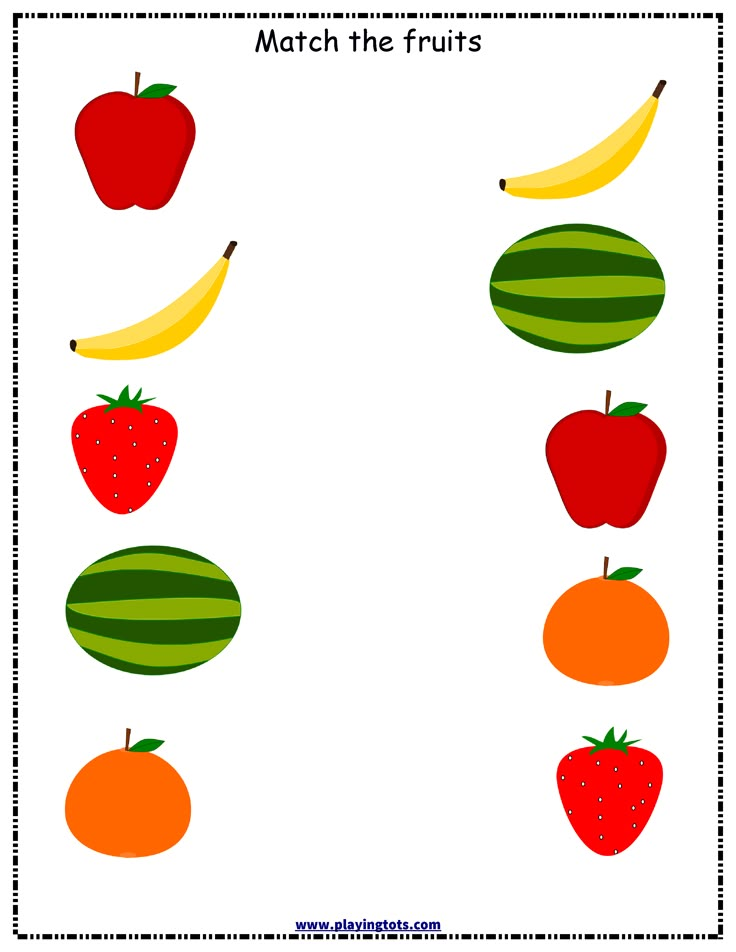 The whole team was concerned about the main thing - that everyone in it could serve, and, of course, catch. nine0005
The whole team was concerned about the main thing - that everyone in it could serve, and, of course, catch. nine0005
The game of pioneer ball, as a rule, goes up to 25 points, and the points are awarded to the team if the ball, after the opponent's serve, fell outside the playing area, while not hitting the players of the receiving team. If this happened, the opponent got a point.
10. Edible-inedible
A ball and a sense of humor are what this game needs. The host throws the ball to the player and names something edible or inedible. The player's task is to catch the ball only on the edible, and discard the inedible. If the player caught the inedible, he himself takes the place of the leader. Sometimes it turns out very funny. nine0005
11. Classics
www.7ya.ru
Cells with numbers or a snail are drawn on the asphalt with chalk. The player must throw a pebble (bat) on the number 1, jump with one foot on the cell with a pebble, bend over, pick up the stone and then continue to jump over all the numbers to the end.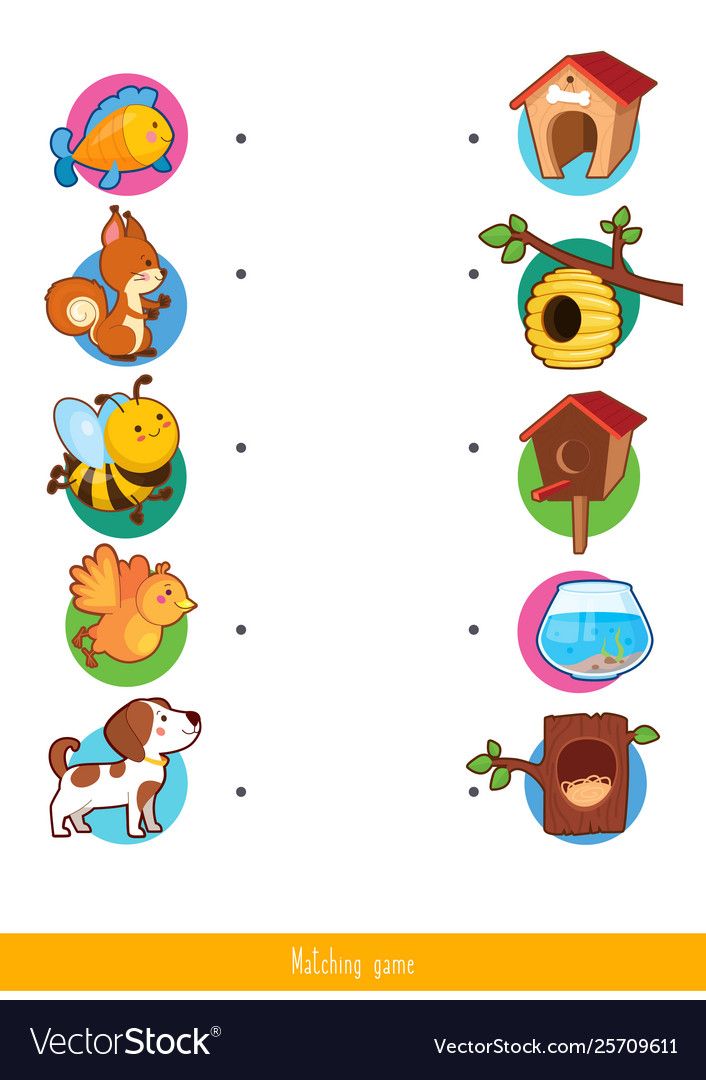 It is important not to lose balance, not to step on the line with your foot. The other does the same. Then the first player throws the stone again, this time on the number 2. Now the player must immediately jump from the start to the cell with this number. This continues with all the prescribed numbers. If a thrown pebble or a jumping leg hits the line, then you must skip the move and try again after the opponent from the place where you made a mistake. The winner is the one who first goes through all the numbers in this way. nine0005
It is important not to lose balance, not to step on the line with your foot. The other does the same. Then the first player throws the stone again, this time on the number 2. Now the player must immediately jump from the start to the cell with this number. This continues with all the prescribed numbers. If a thrown pebble or a jumping leg hits the line, then you must skip the move and try again after the opponent from the place where you made a mistake. The winner is the one who first goes through all the numbers in this way. nine0005
The traditional hopscotch board consists of 10 numbered rectangles arranged in a column, pairs 3-4 and 6-7 are drawn side by side so that you can become two legs, a semicircle with 9-10 is at the exit for turning in the opposite direction. This is perhaps the most famous option, but there are others.
www.7ya.ru
A variety of classics, not known to everyone - "Classics-names".
The field is drawn. The first player jumps back and forth on one foot, stepping into each rectangle.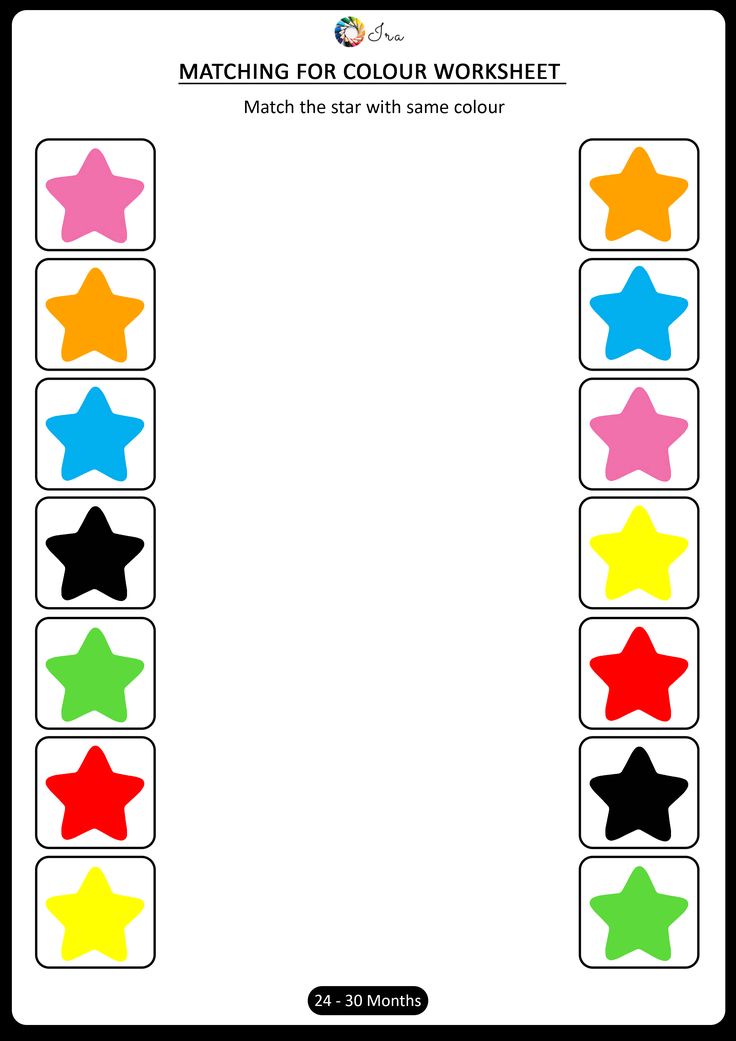 If he does this without error, he can write his name on any rectangle. If he makes a mistake, it's the other player's turn. The point is that you need to jump over rectangles named after other players, but you can stand on your own (where your name is written) with two legs. The game continues when all the rectangles are occupied, but now, if someone makes a mistake, he leaves the game. The game ends when only one player remains - the winner. nine0005
If he does this without error, he can write his name on any rectangle. If he makes a mistake, it's the other player's turn. The point is that you need to jump over rectangles named after other players, but you can stand on your own (where your name is written) with two legs. The game continues when all the rectangles are occupied, but now, if someone makes a mistake, he leaves the game. The game ends when only one player remains - the winner. nine0005
12. I know five…
The game teaches to perform several tasks at the same time, to concentrate. You need to hit the ball on the ground with the words: "I know five ...". After that, name five names of boys, girls, names of cities, flowers, countries, planets. If a player cannot think of a word, he passes the ball to the next player.
13. The slower you go, the further you will be
rostovmama.ru
Draw start and finish lines All participants stand at the start, the driver - with his back to them at the finish line.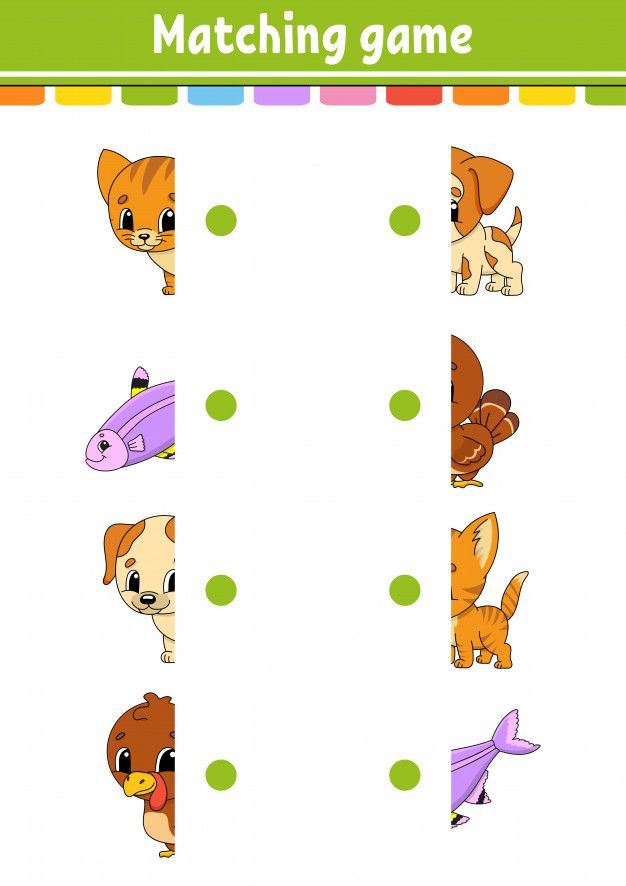 The driver says: “You drive more quietly, you will continue, stop!”, You can at any pace. While he is talking, the participants try to run to him. After the word "stop", everyone freezes and does not move. If you move, you're out. The task of the participants is to run to the driver and touch him until he says “stop”. nine0005
The driver says: “You drive more quietly, you will continue, stop!”, You can at any pace. While he is talking, the participants try to run to him. After the word "stop", everyone freezes and does not move. If you move, you're out. The task of the participants is to run to the driver and touch him until he says “stop”. nine0005
14. Kitty-kiss-meow
rostovmama.ru
Two people come forward and stand with their backs to each other, the rest of the players sit in one line. The one who is facing everyone (leader), points to one of the participants and asks: “Kis?” If the player with his back answers “Shoot!”, The driver continues to choose. When the player says "Meow!", the one on whom the choice fell is waiting for the "verdict" - what task is to be completed. The driver asks the one who has his back to him: “What color?” The player names a color and turns to face the others to complete the task with the participant he has chosen. nine0005
Each color involves the implementation of certain actions (which are agreed in advance).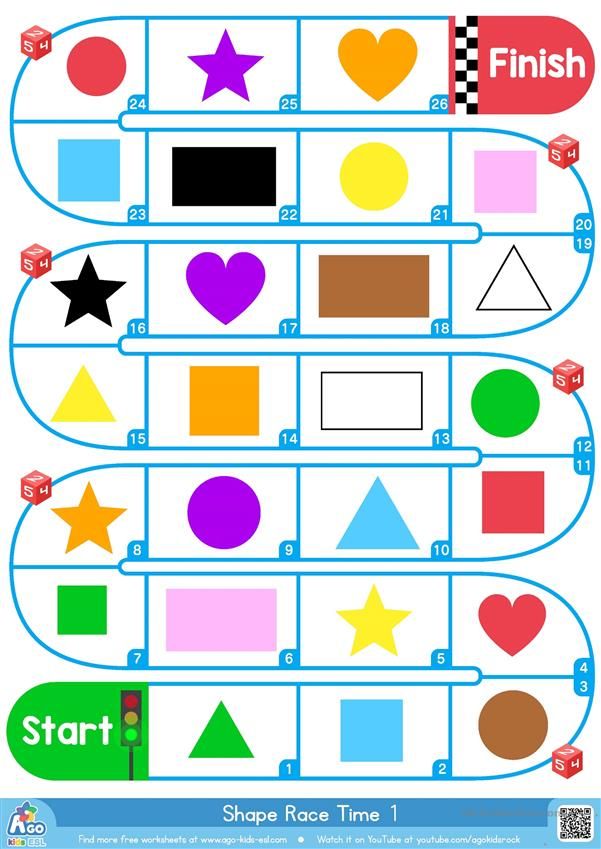 For example, white - two people must go to the entrance together and stay there for 5 minutes. What they do there - history is always silent. Green - three questions that can only be answered with "yes". Usually the questions are tricky, like: “Do you love him?” Red - kiss on the lips, pink - the same thing, but on the cheek, blue - kiss the hand. Yellow - three questions in private. Orange - walk under the arm, preferably past adults. Purple - step on the foot, etc. nine0005
For example, white - two people must go to the entrance together and stay there for 5 minutes. What they do there - history is always silent. Green - three questions that can only be answered with "yes". Usually the questions are tricky, like: “Do you love him?” Red - kiss on the lips, pink - the same thing, but on the cheek, blue - kiss the hand. Yellow - three questions in private. Orange - walk under the arm, preferably past adults. Purple - step on the foot, etc. nine0005
In fact, the game is very good, popular in adolescence, when it is important to learn how to build relationships with the opposite sex.
15. I was born a gardener
Players choose the name of a flower and say it out loud. The driver, who is also a “gardener”, says a rhyme: “I was born a gardener, I was seriously angry. I'm tired of all the flowers, except for ... ”And he calls the name of the flower of one of the players. The participant whose flower was named must respond. If someone hesitated and did not react, mixed up the name of the flowers, he must give a fant (any of his things). nine0005
nine0005
At the end of the game, forfeits are played. The “gardener” turns away, they take out the thing and ask: “What should this player do?” The "gardener" assigns a task: jump on one leg, sing, squat, recite a poem, etc. The player takes his thing only after he completes the "gardener" task.
16. Traffic light
The “traffic light” is selected by the counter - the driving one. Two lines are drawn on the road at a distance of approximately 30 m from one another. The players stand in a row behind one line, and the “traffic light” is in the middle of the road, with their backs to the others. "Traffic Light" names any color and turns to face the others. Children must find on themselves (on clothes, shoes, hats) the named color. If you find it, then, holding on to it with your hand, you can safely cross the road. If there was no such color on yourself, you will have to quickly run across to another one so that the “traffic light” does not touch the “violator”. You can't run out of the way.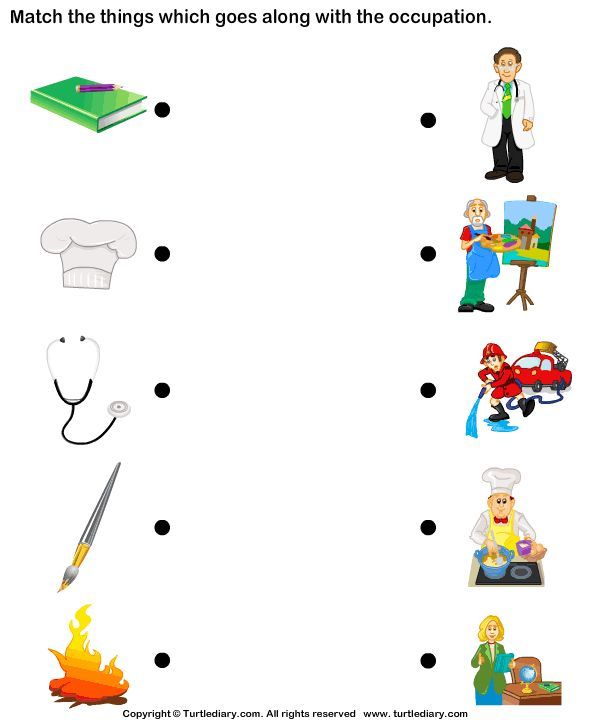 The one who was caught became a "traffic light" himself. nine0005
The one who was caught became a "traffic light" himself. nine0005
Another variant of this game is "Song Traffic Light". The difference is that "traffic light" does not name a color, but any letter. Players must remember and sing the lines from the song that begin with the named letter.
17. Pavement sign, stop!
Perhaps some of the adults will remember this game as "Let's go, let's go", "Camel".
The rules are simple. The players stand in a line, and the leader - with his back to them and slightly ahead. At the signal, everyone disperses. The leader shouts: “Pillar, stop!”, Everyone freezes. The driver calls out to one player, but does not turn around himself, i.e. he does not see how far this player is from him. Then he announces how many steps of a certain type are needed so that he can reach this player. nine0005
chelovechki.net
The driver turns and tries to get to the named player using the announced combination of steps. You can only move in a straight line.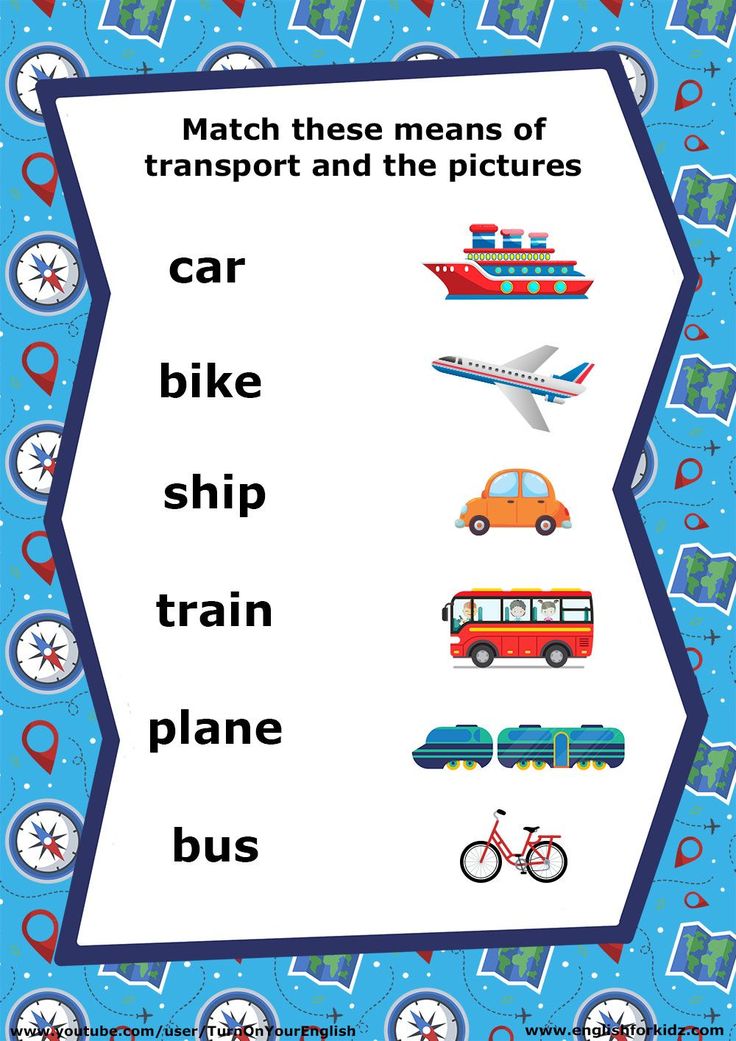 Having taken all the steps, he tries to touch the player. If it works out, the driver and the player change roles. If not, then the whole procedure is repeated from the beginning.
Having taken all the steps, he tries to touch the player. If it works out, the driver and the player change roles. If not, then the whole procedure is repeated from the beginning.
18. Rubber bands
Girls' favorite game of all time. Eh, there were times when every girl carried a couple of meters of elastic in her pocket, and it doesn’t matter that it was pulled out of dad’s family underpants). nine0005
About 2-2.5 meters of elastic were knotted into a ring. Two stretched the elastic, putting it on their legs, the third jumped, performing various combinations. If they were wrong, they changed places. If you did, the level became more difficult and the whole combination was repeated there. And so on up to the most difficult level, which was called “up to the neck” - the elastic band was kept on the necks. There was also a level “on the ears”, but few people reached it.)
There were different combinations of jumps: “wide” - when two legs were held in rubber bands; "Narrow" - rubber band for those holding only one leg; three, two, one jump.